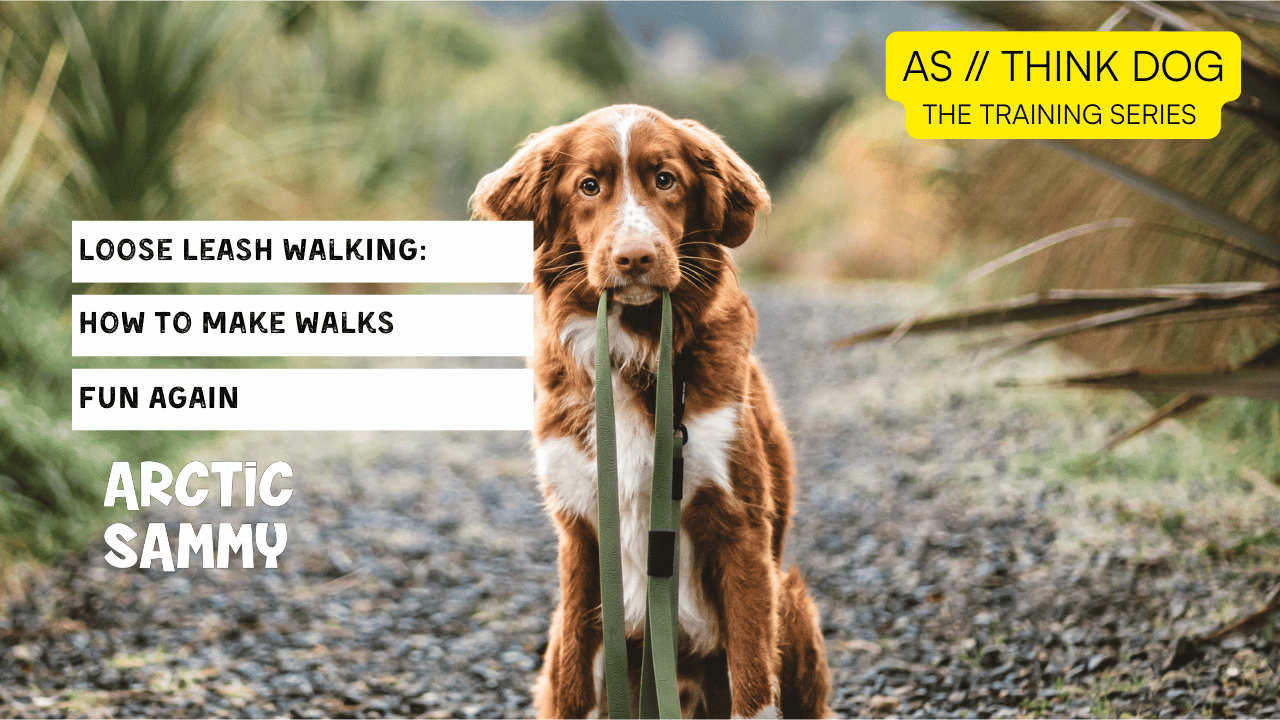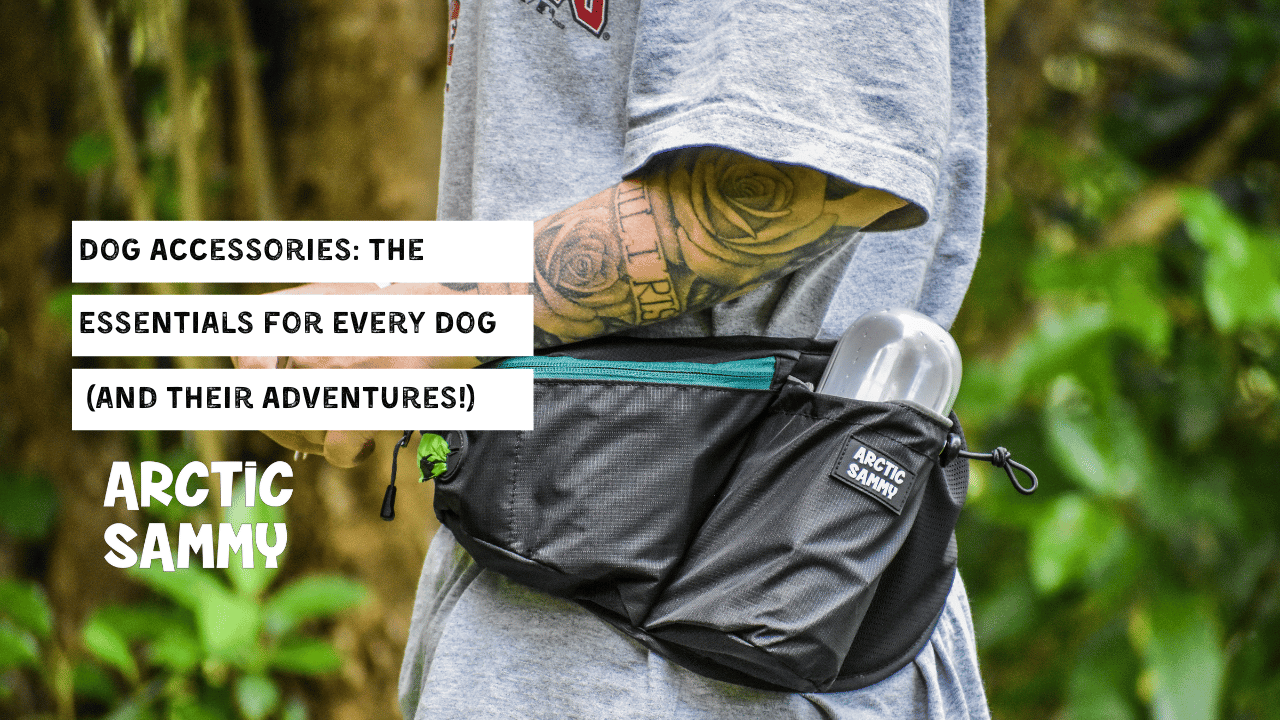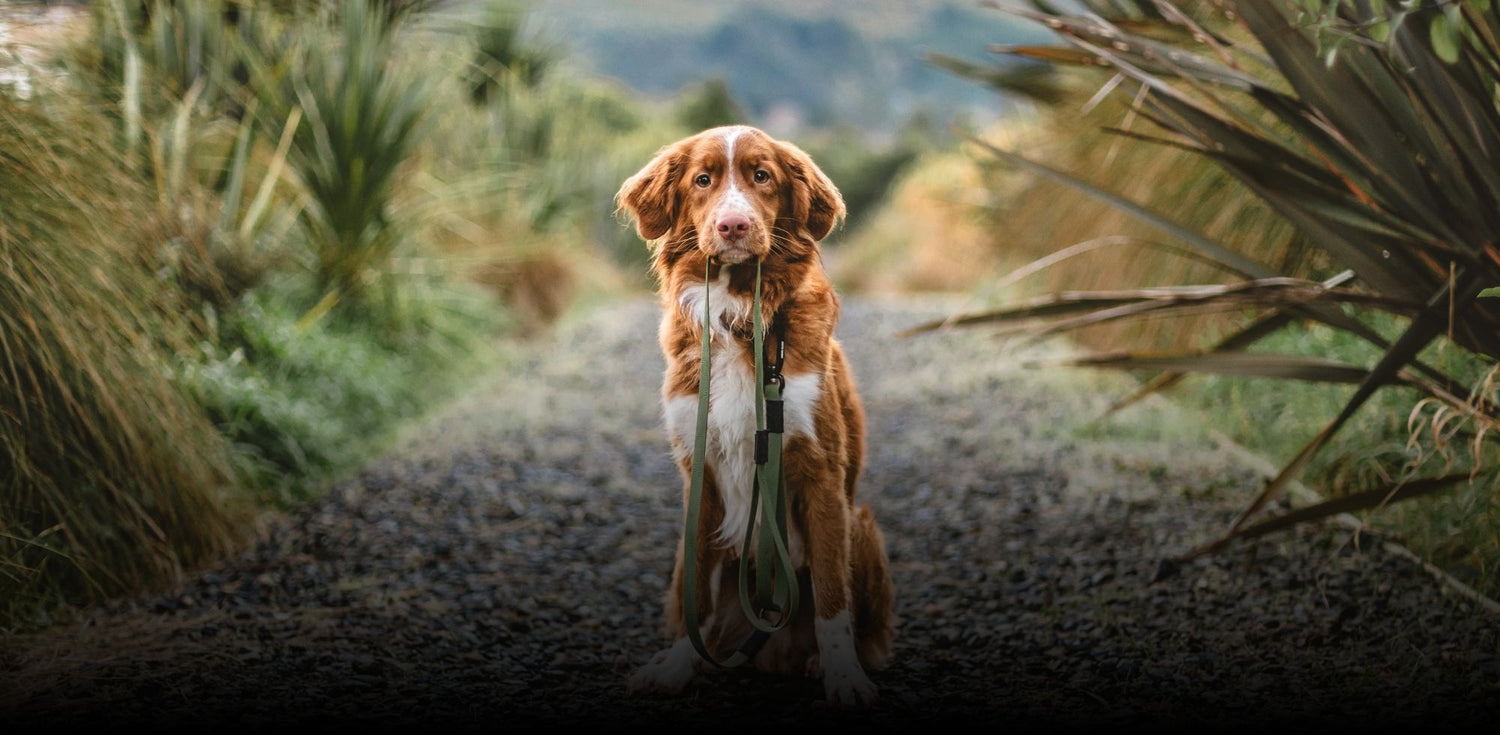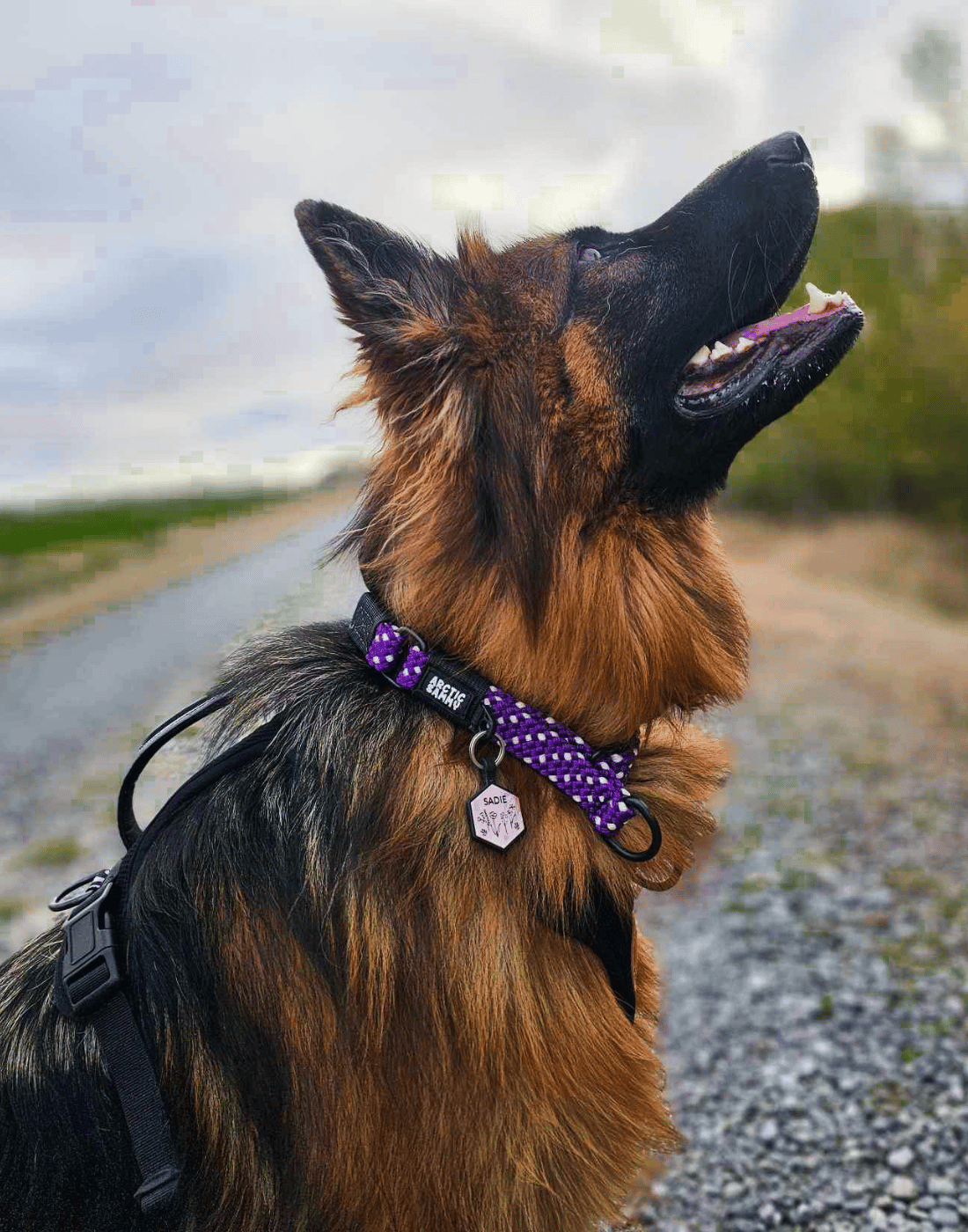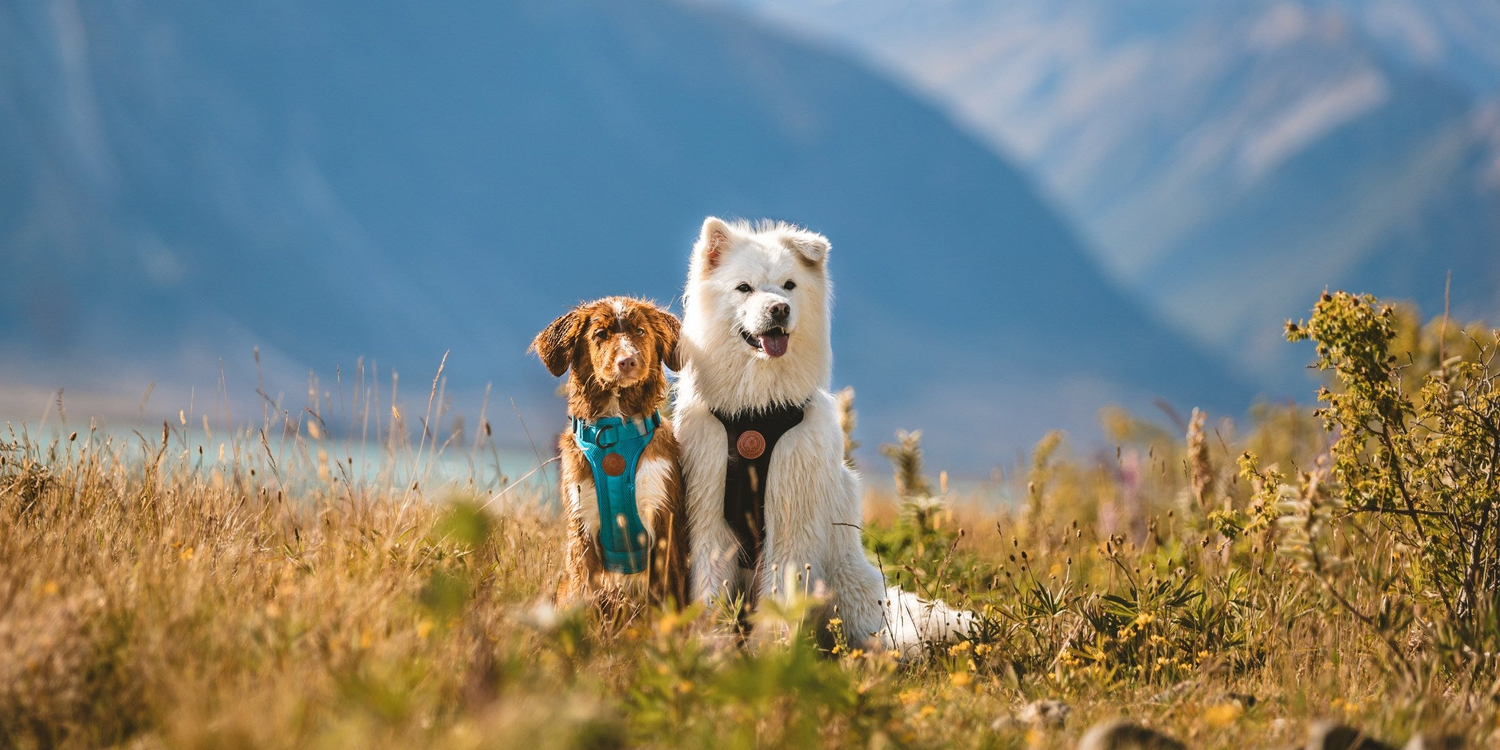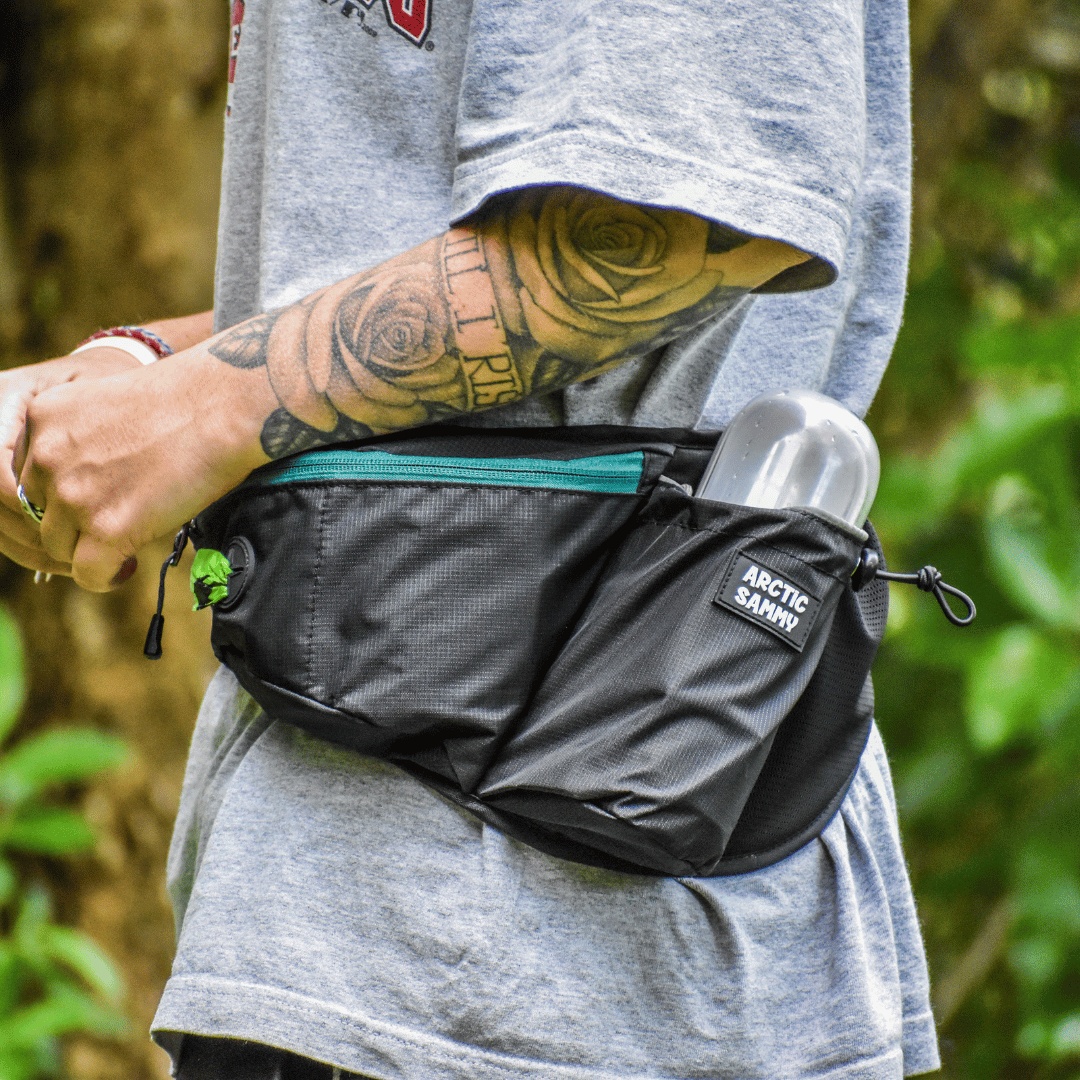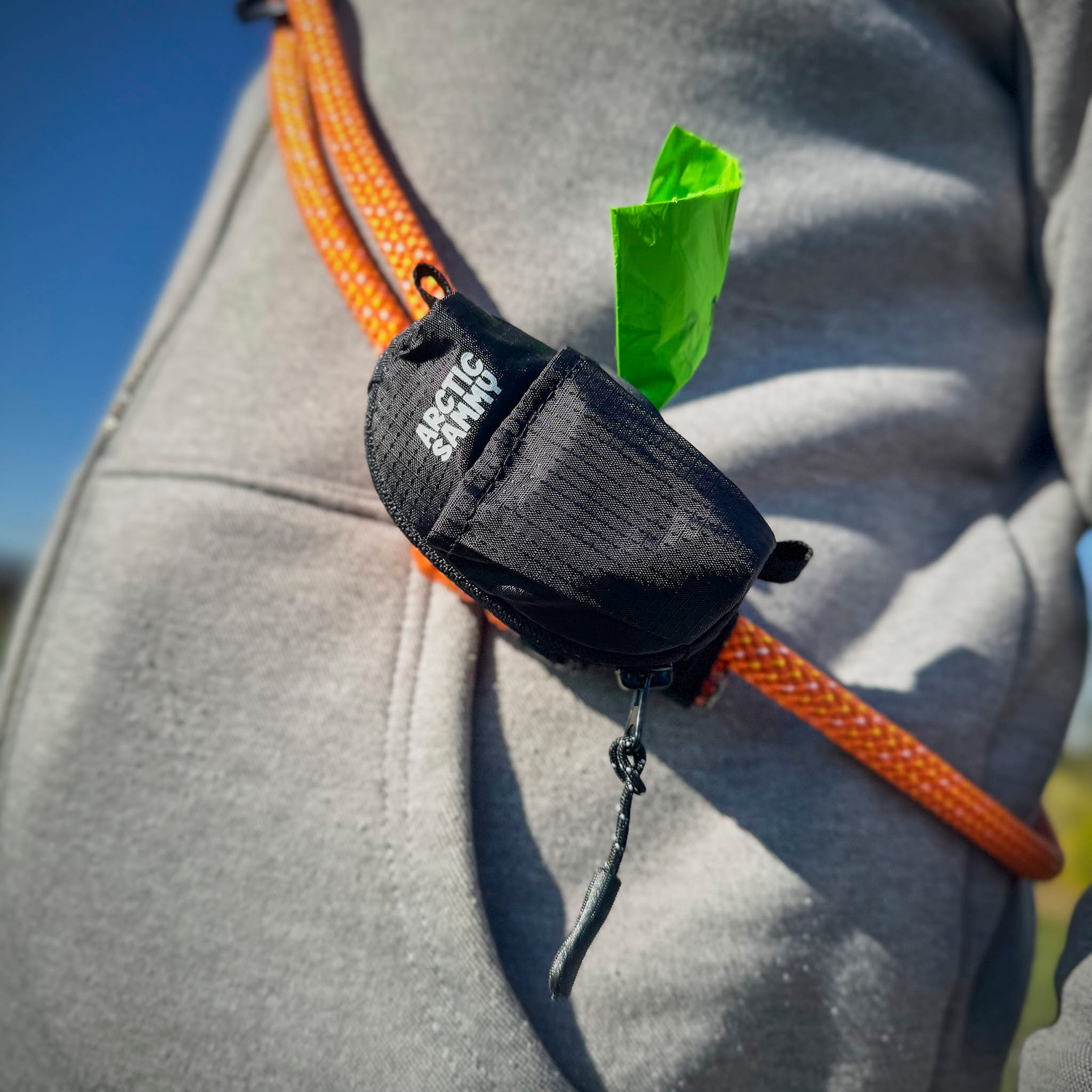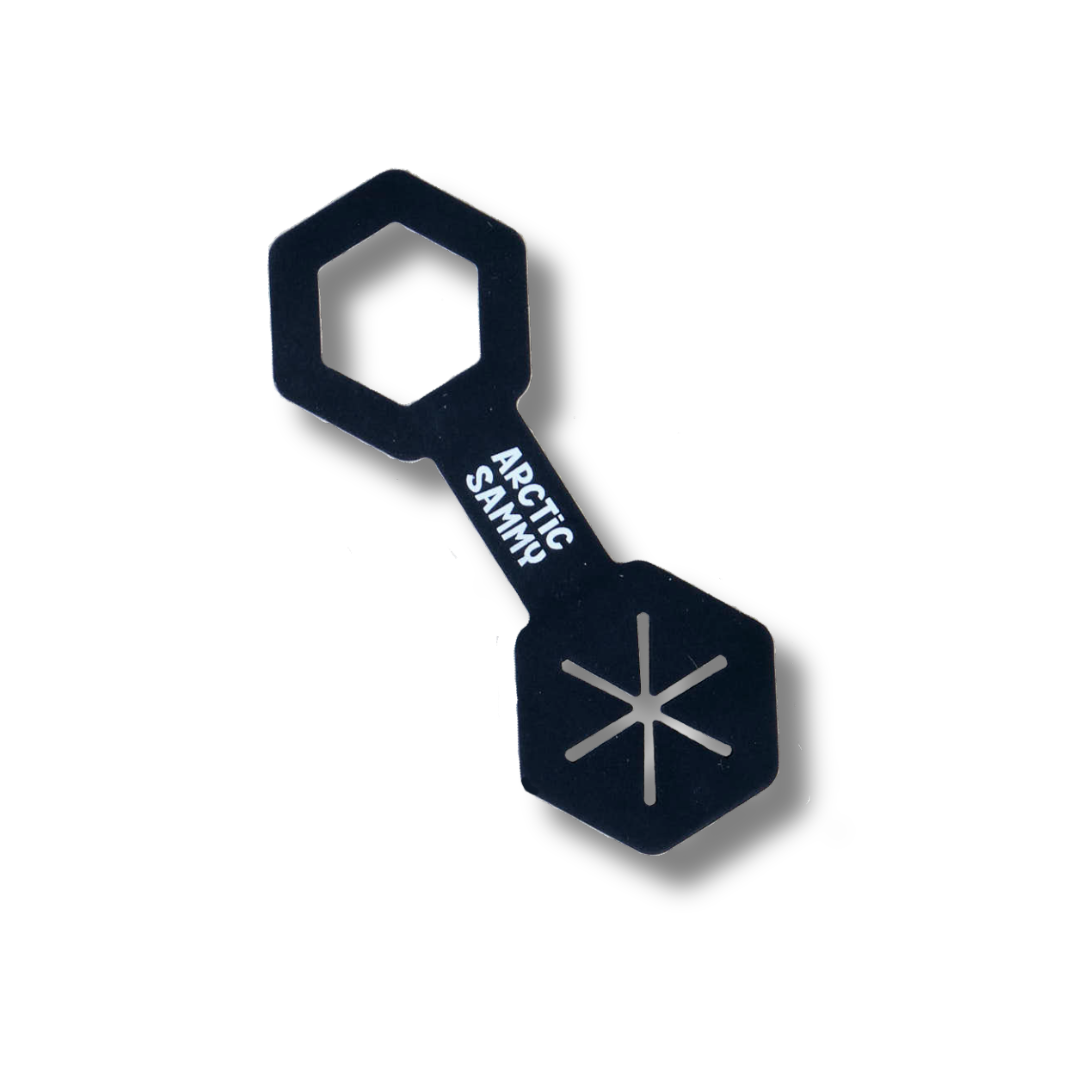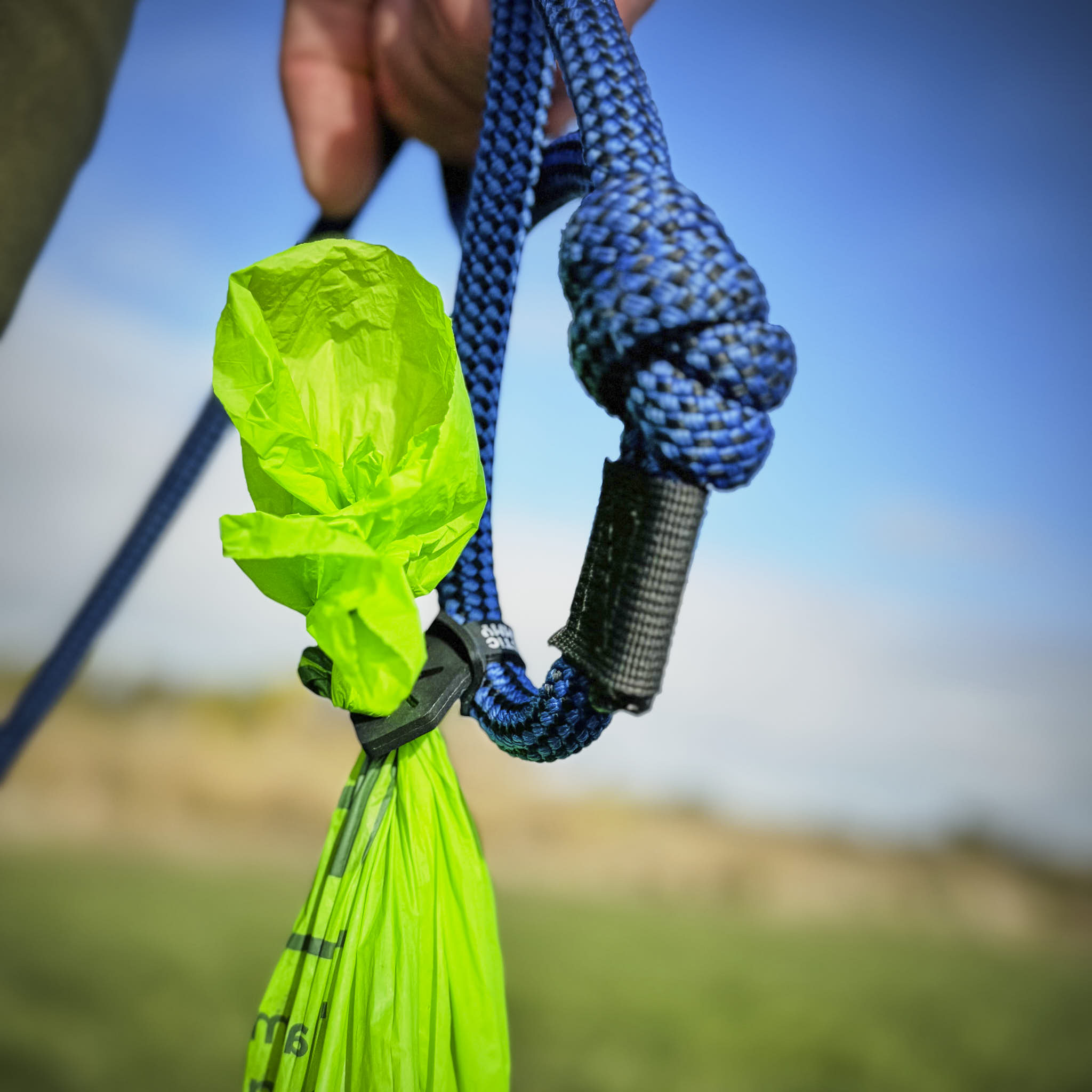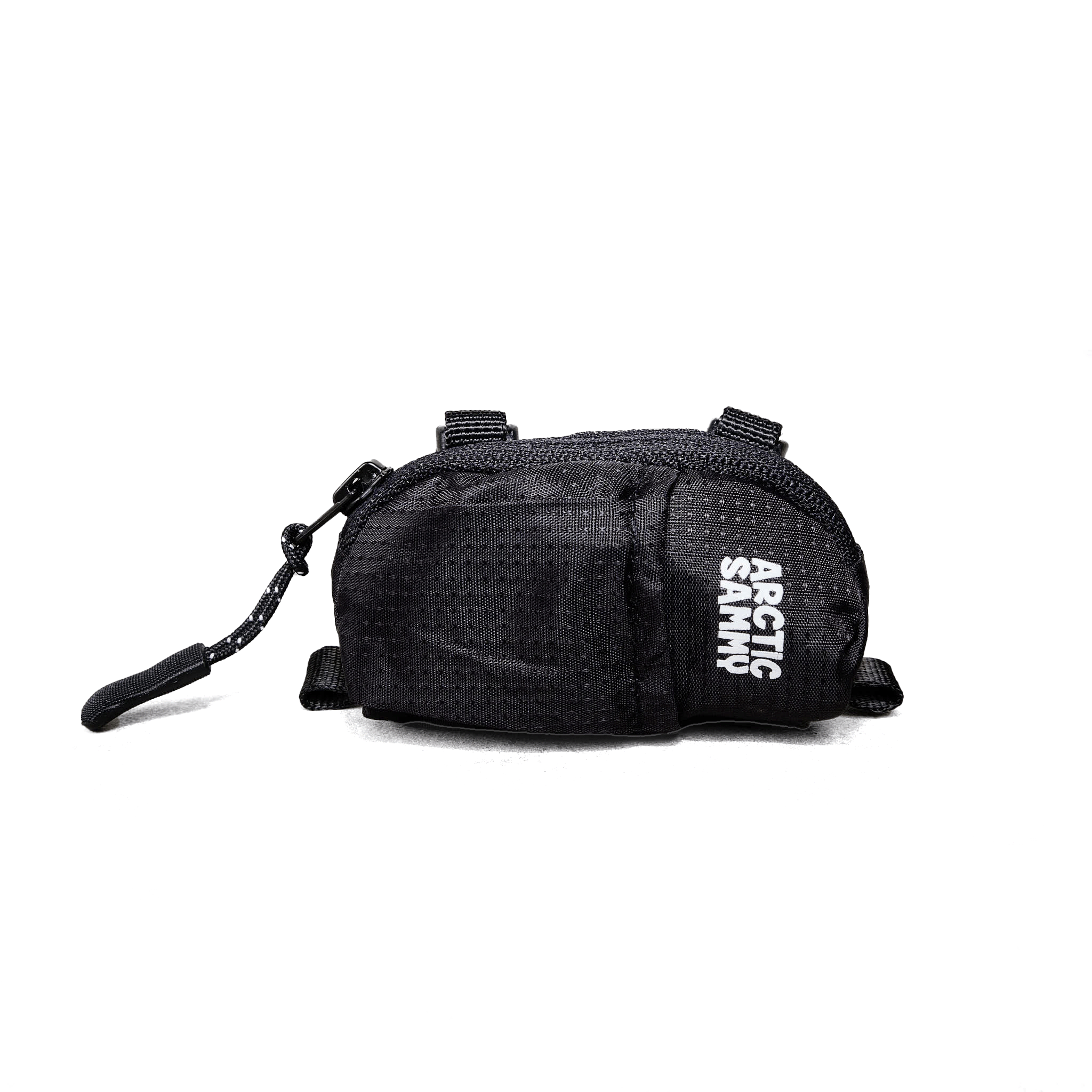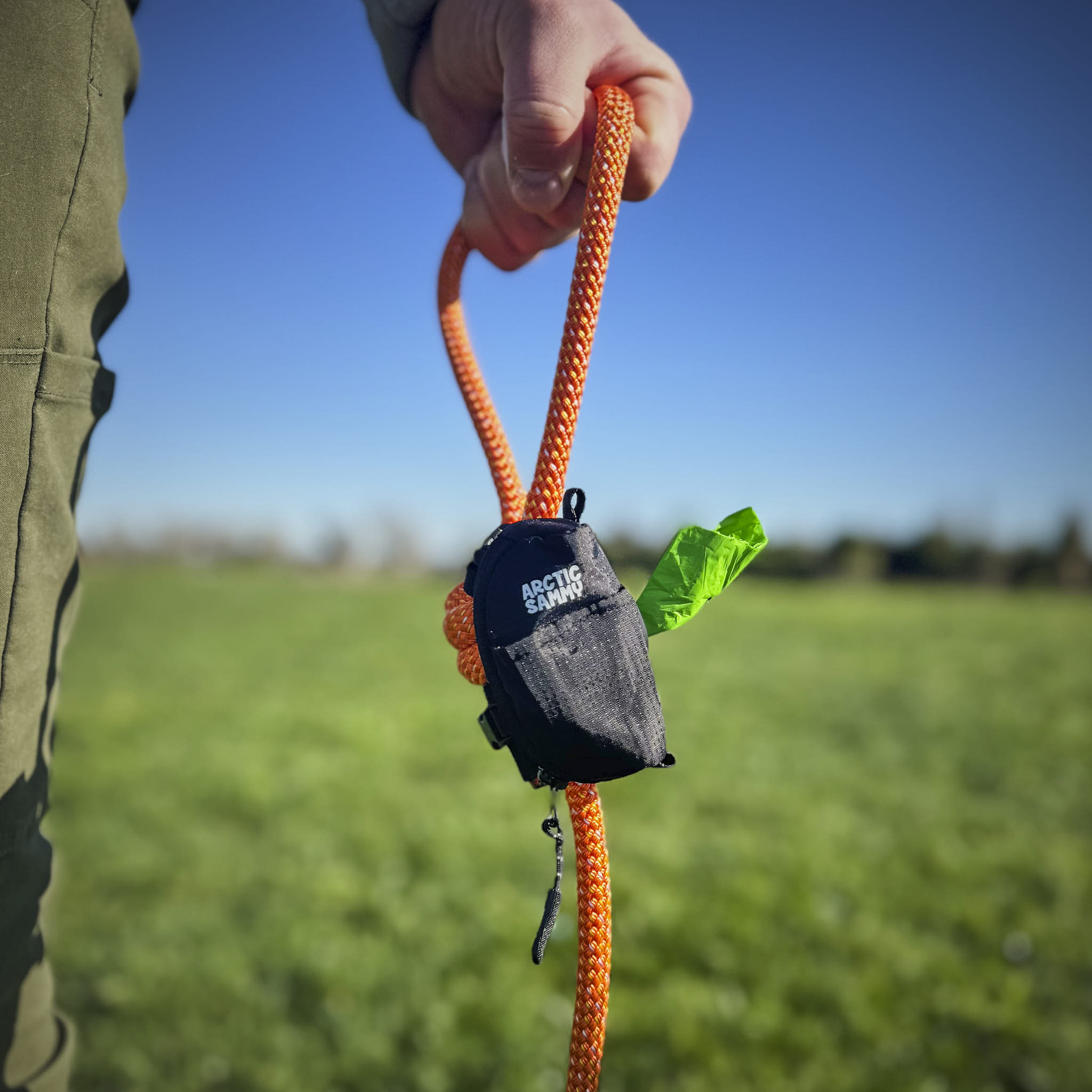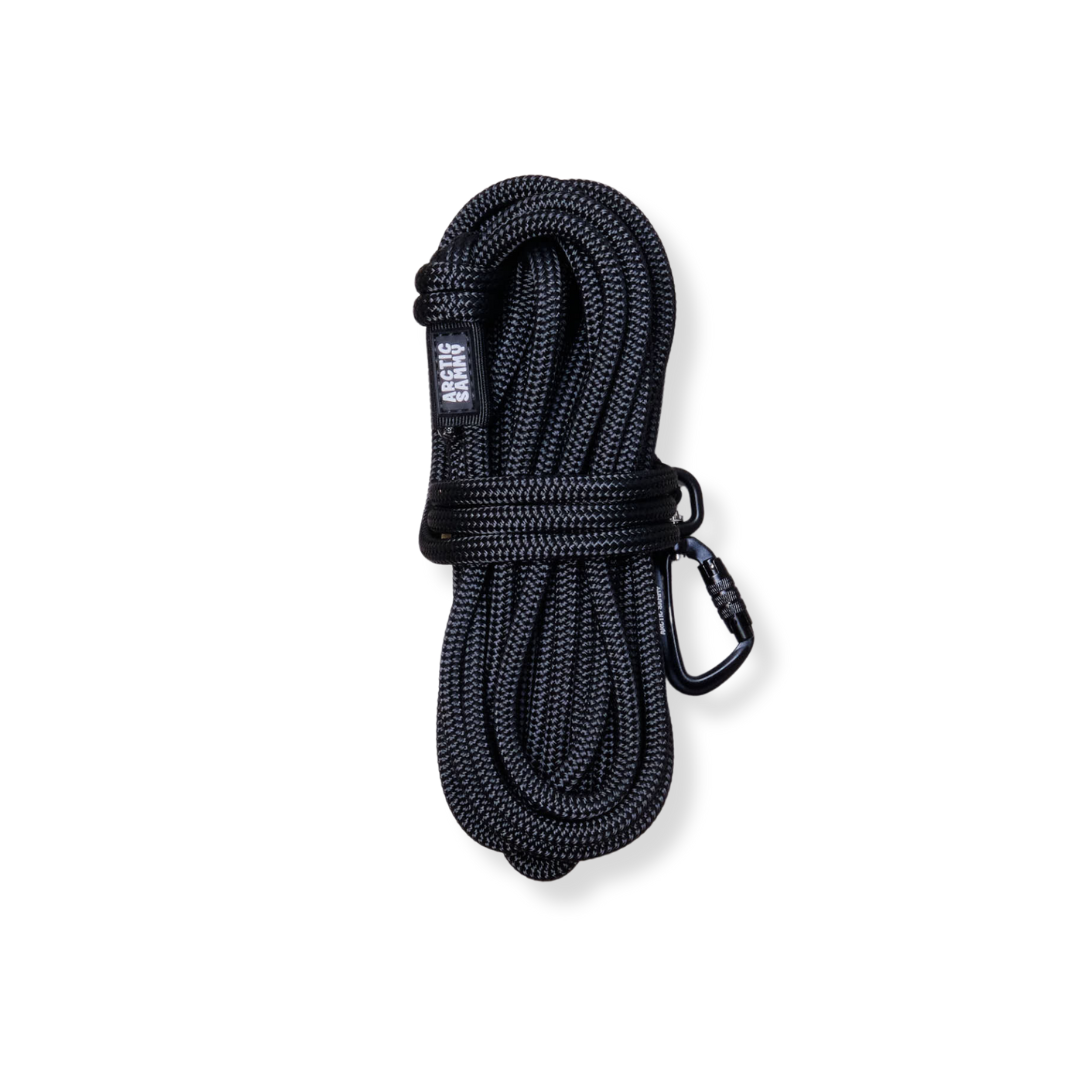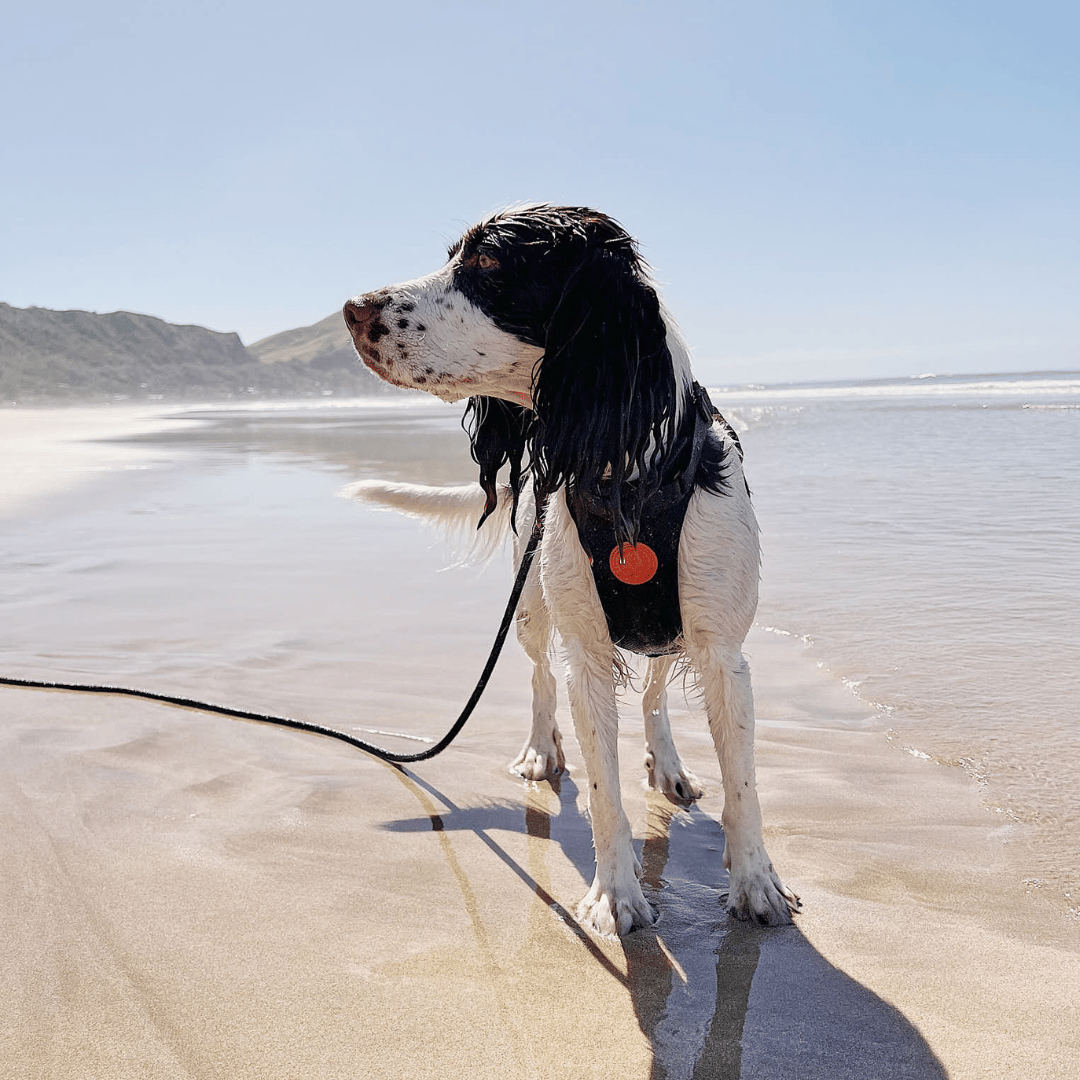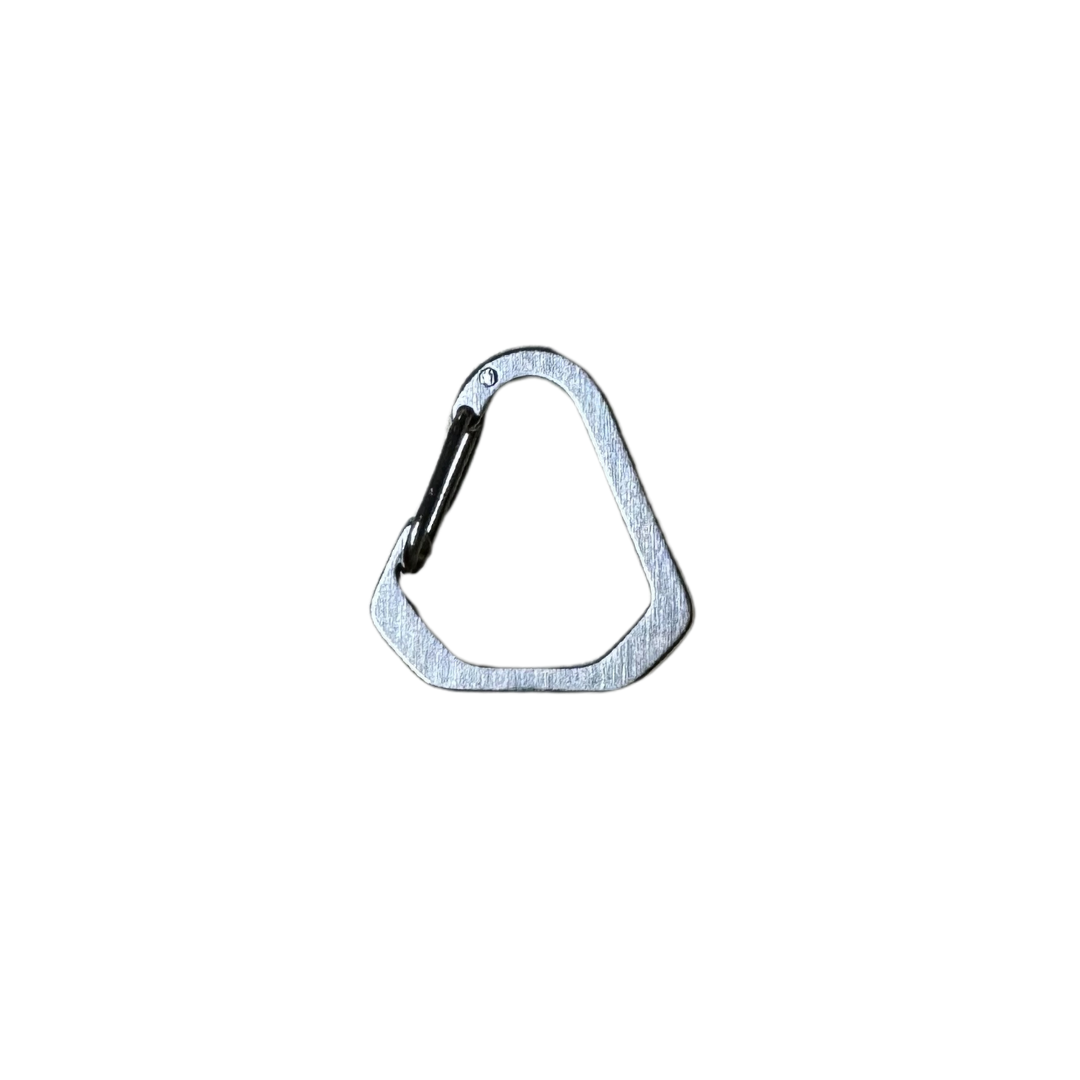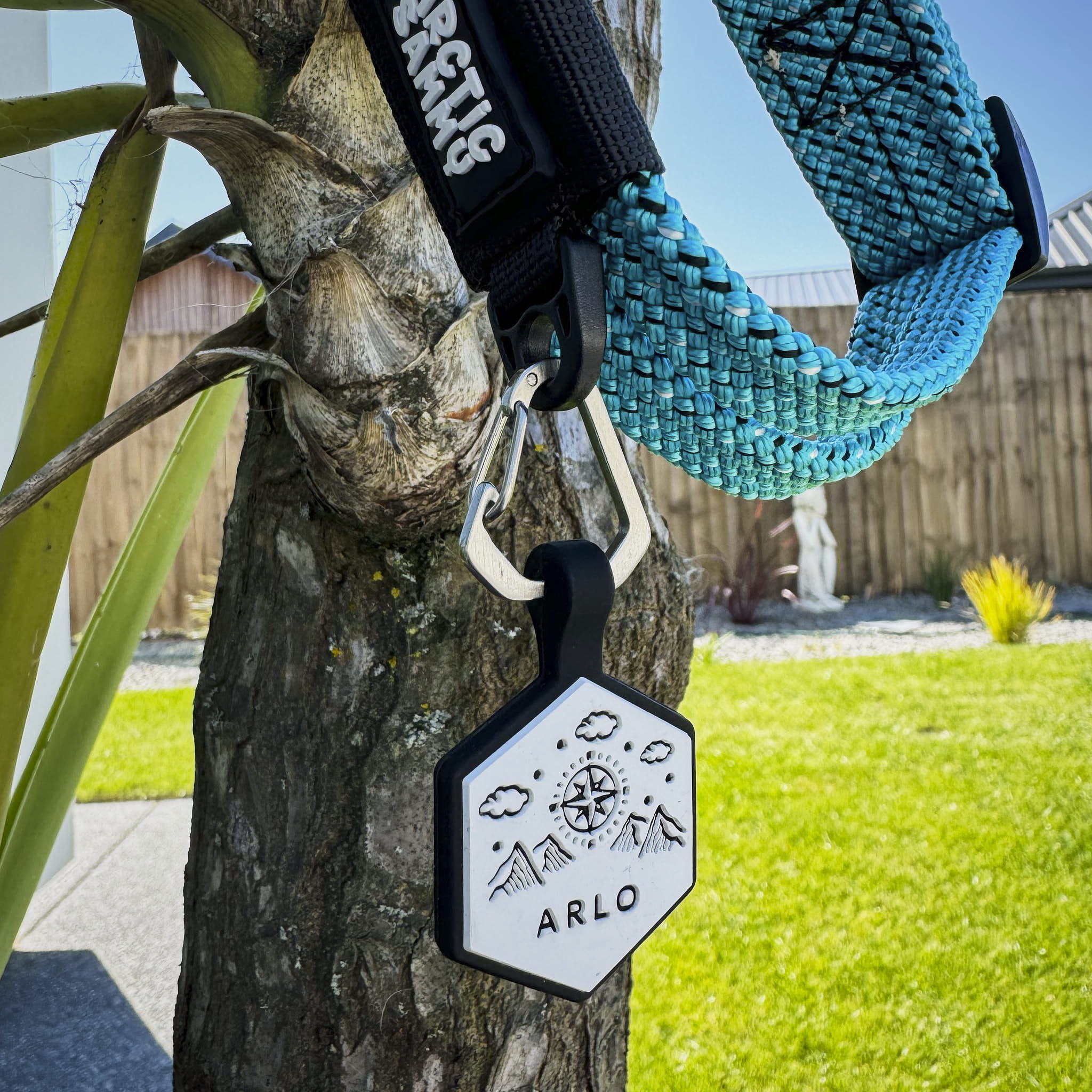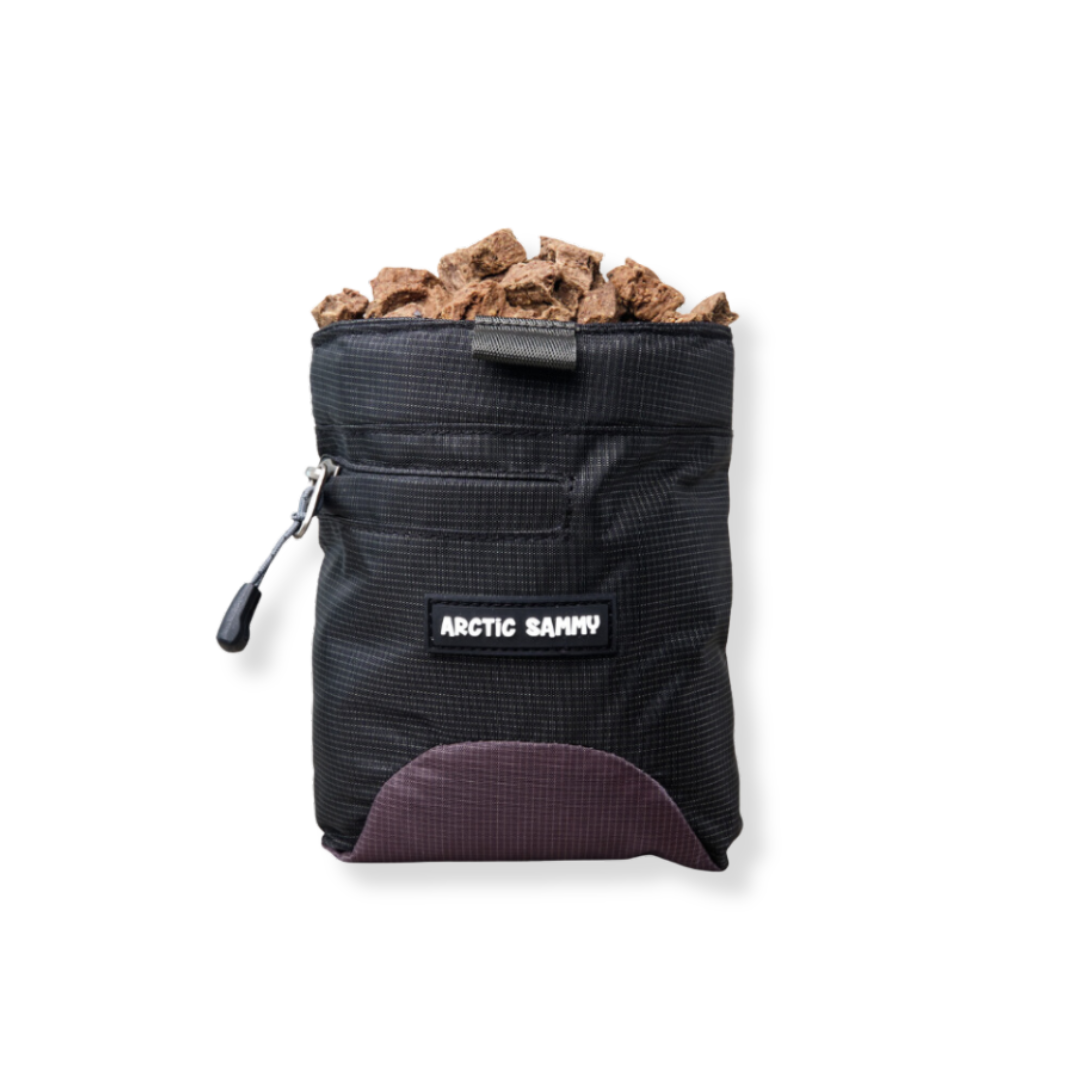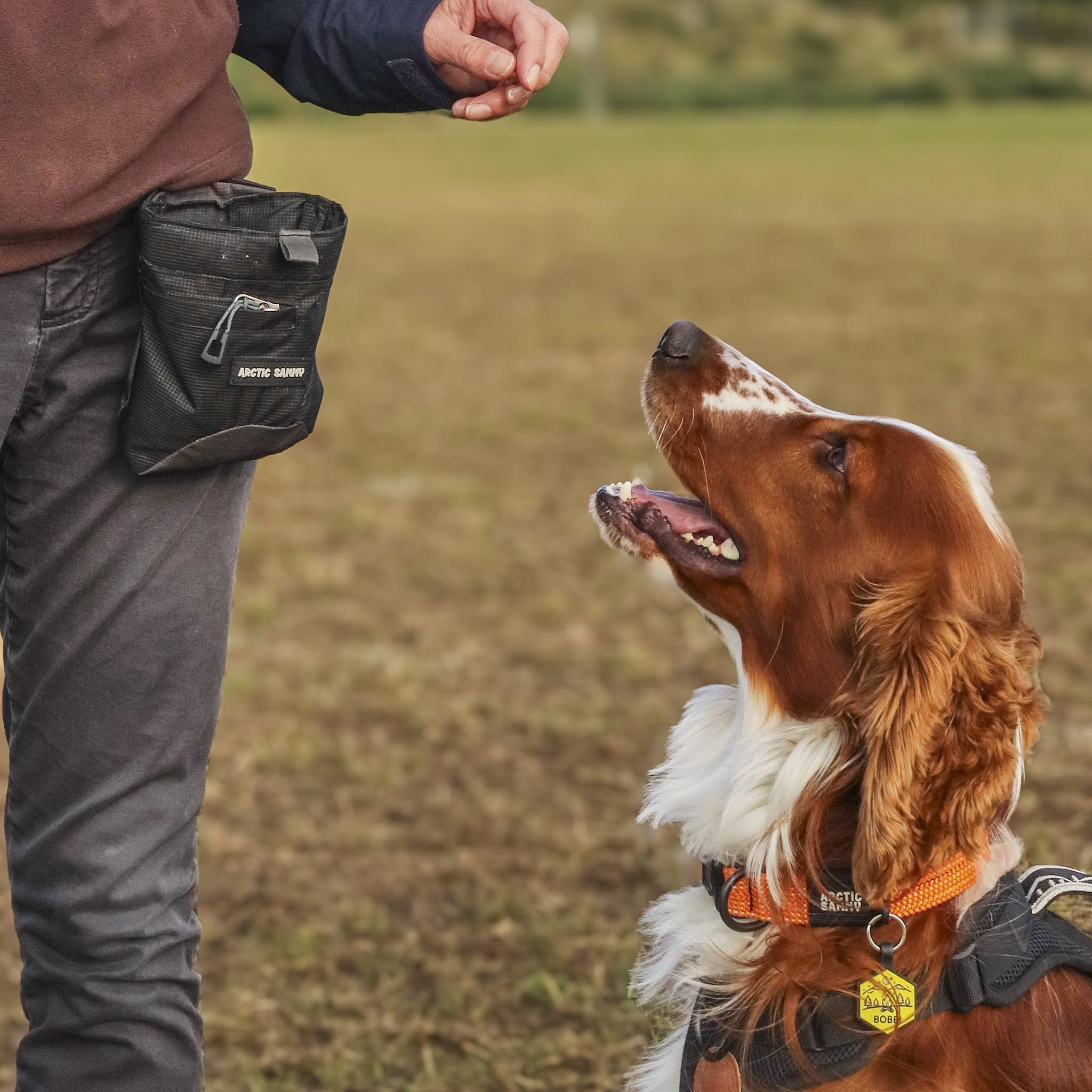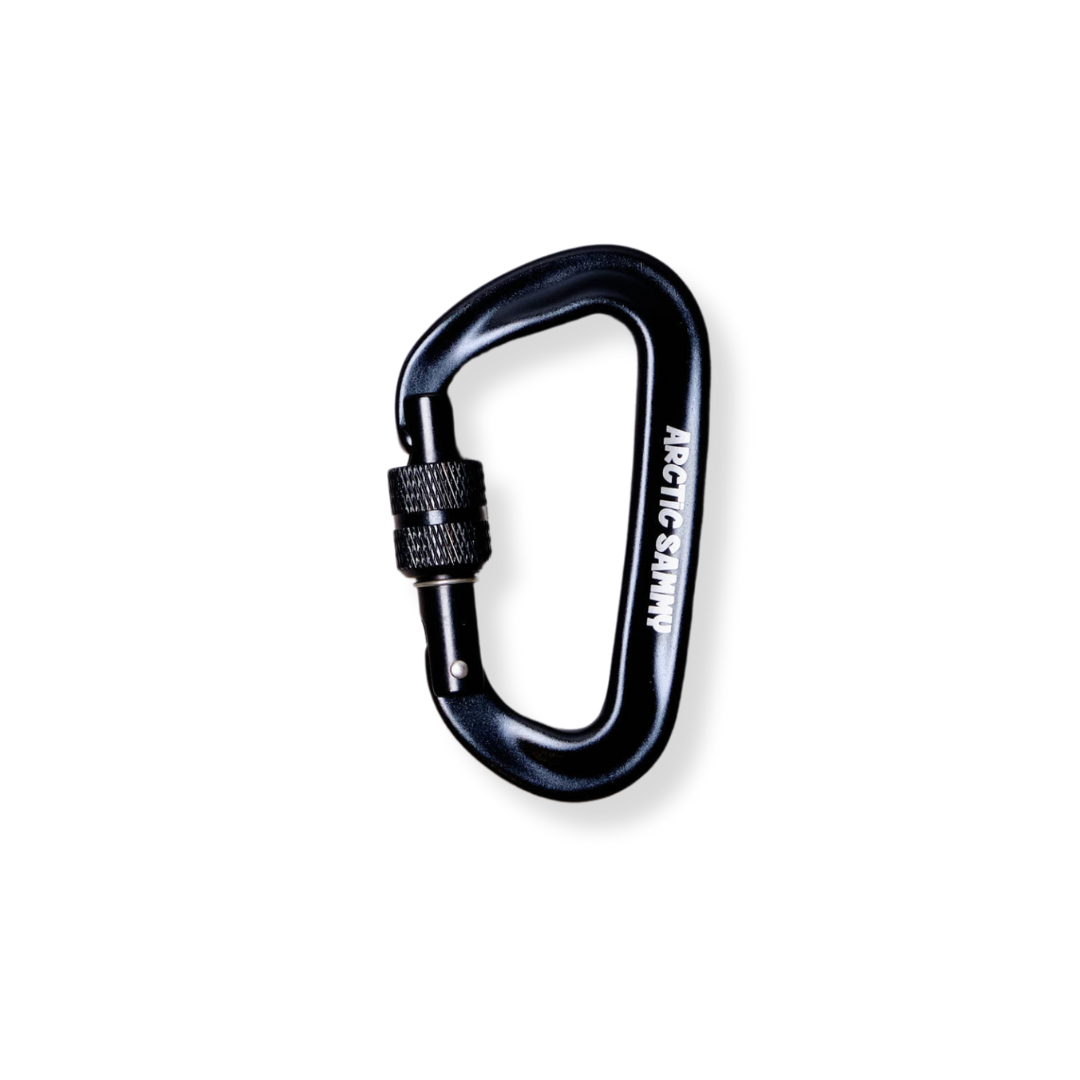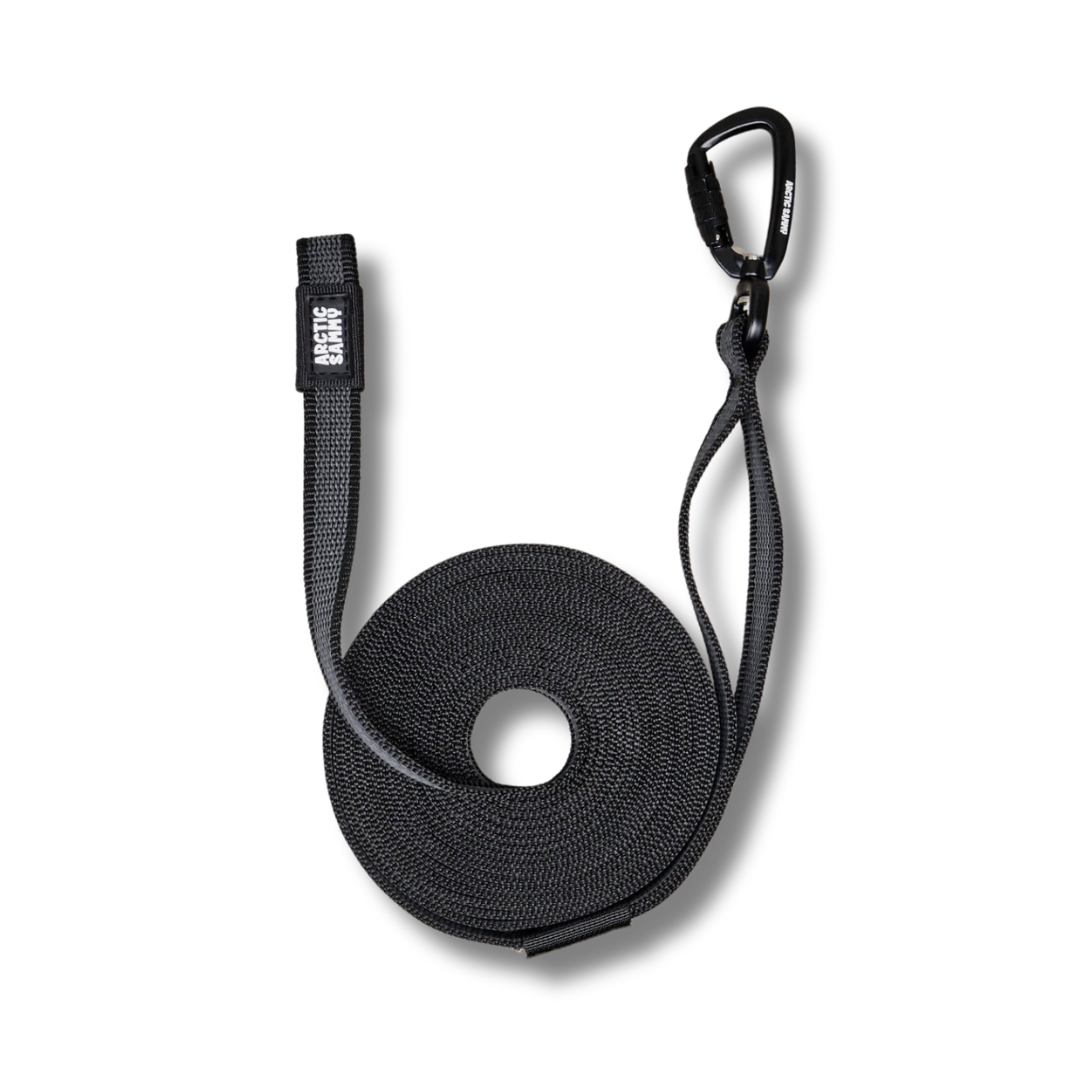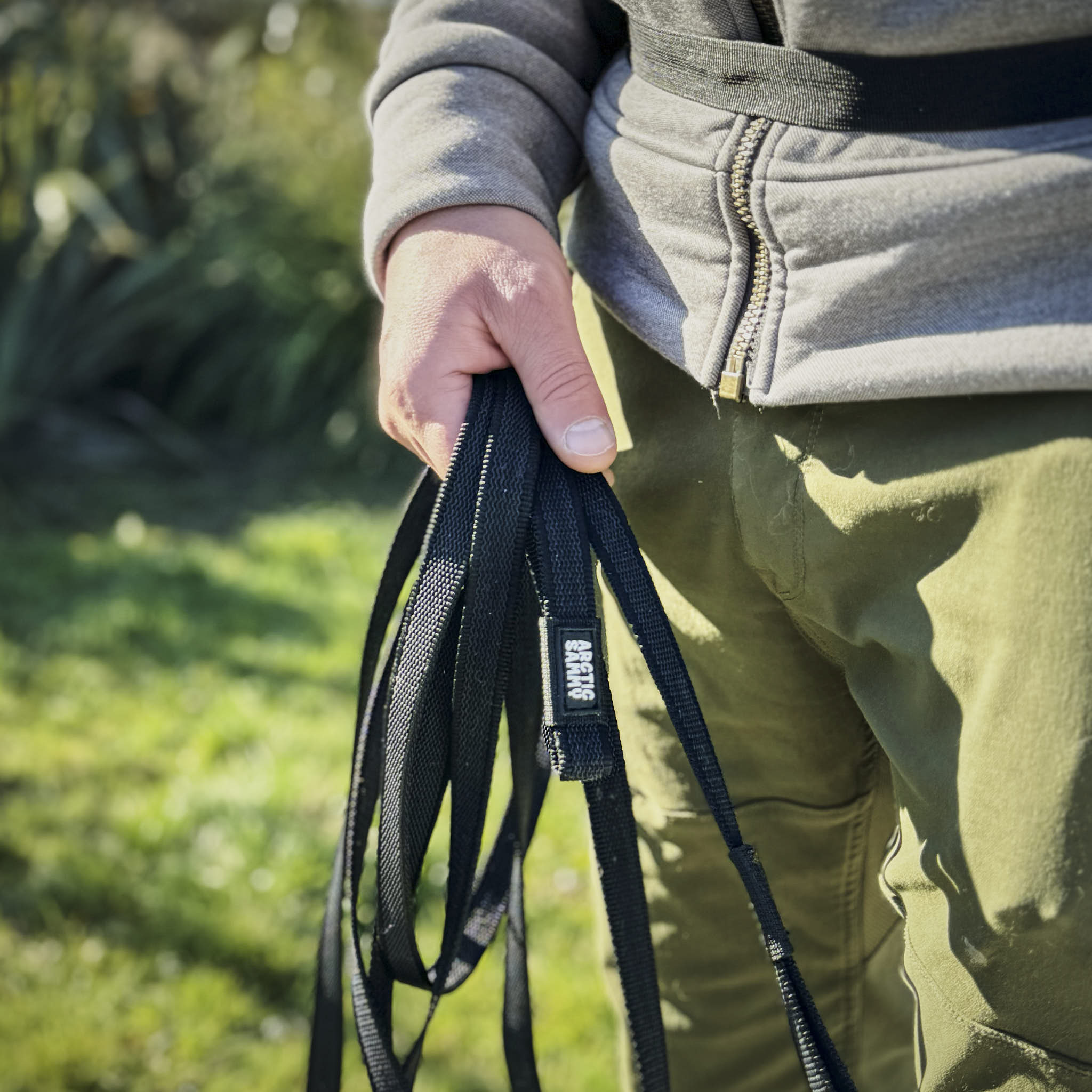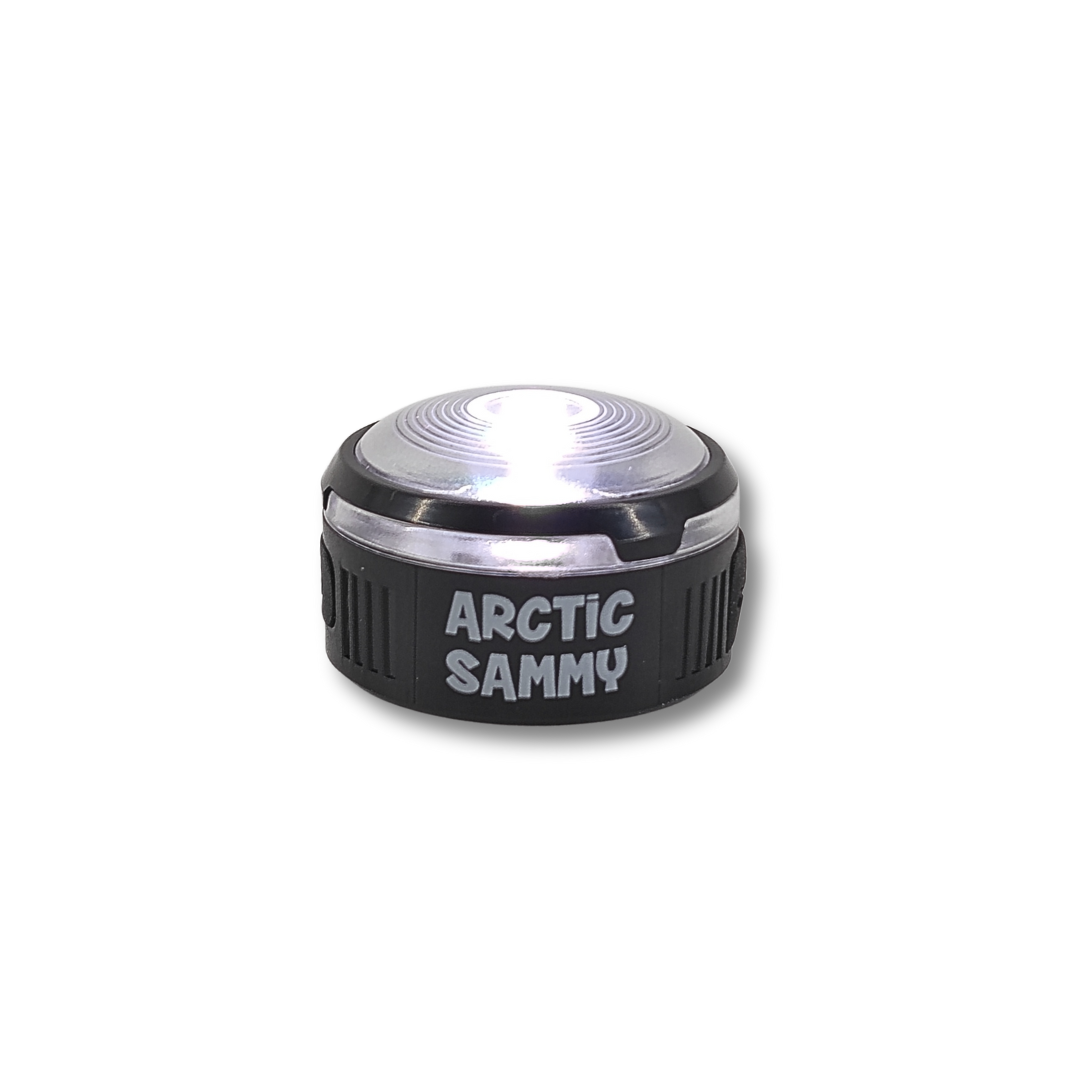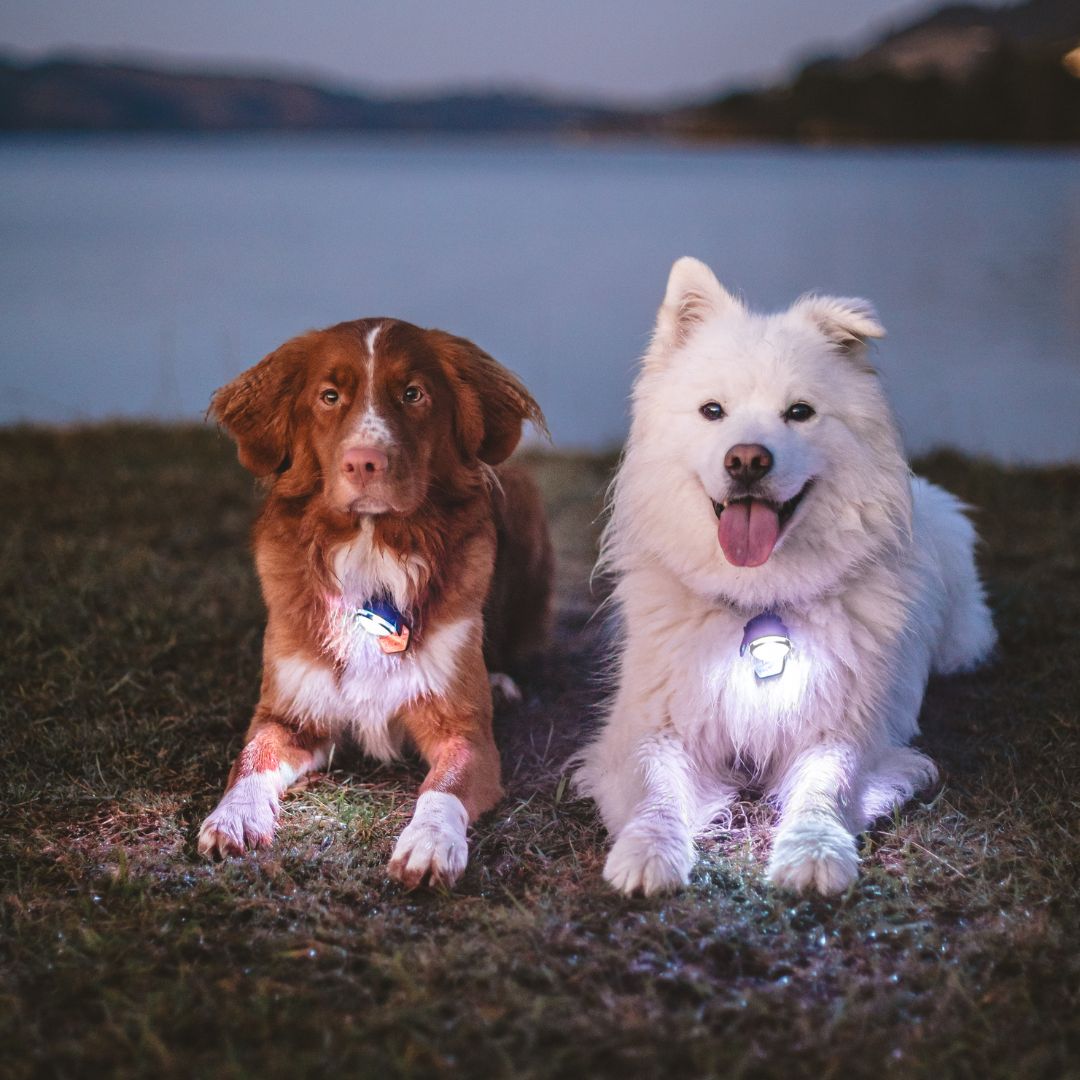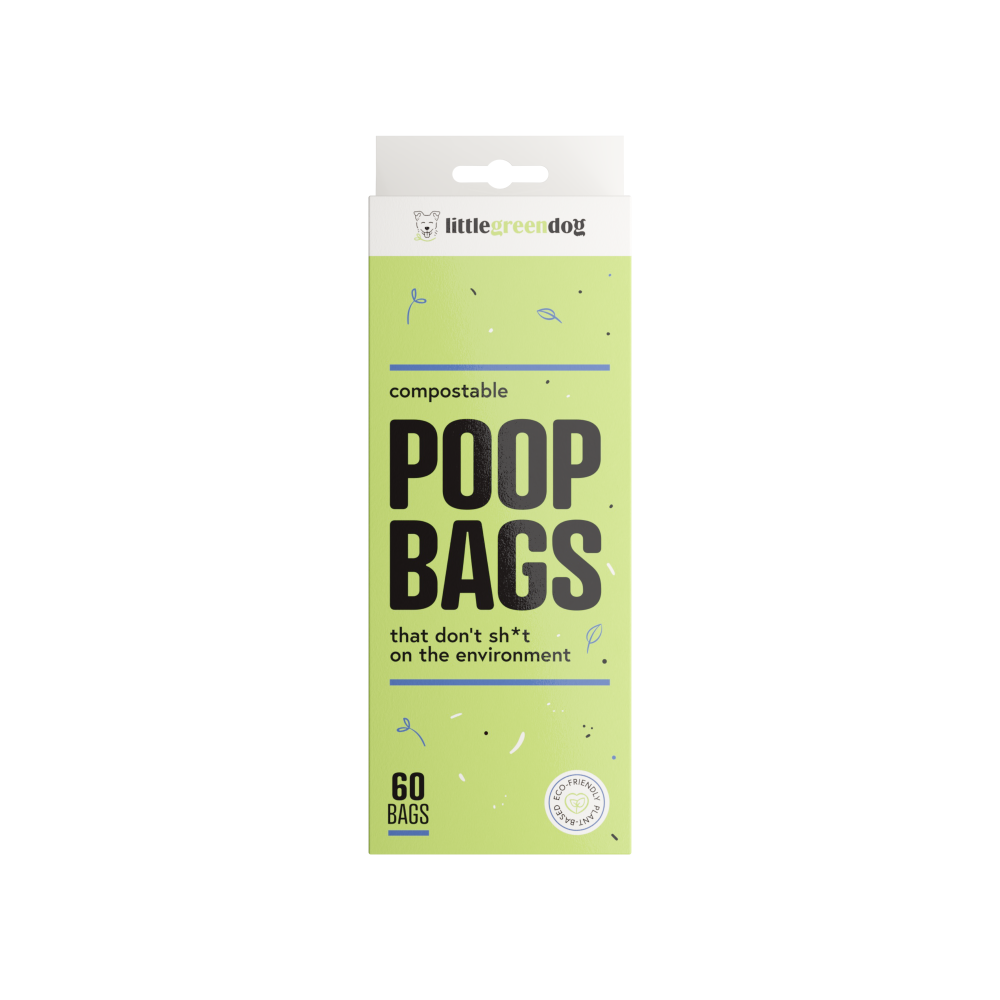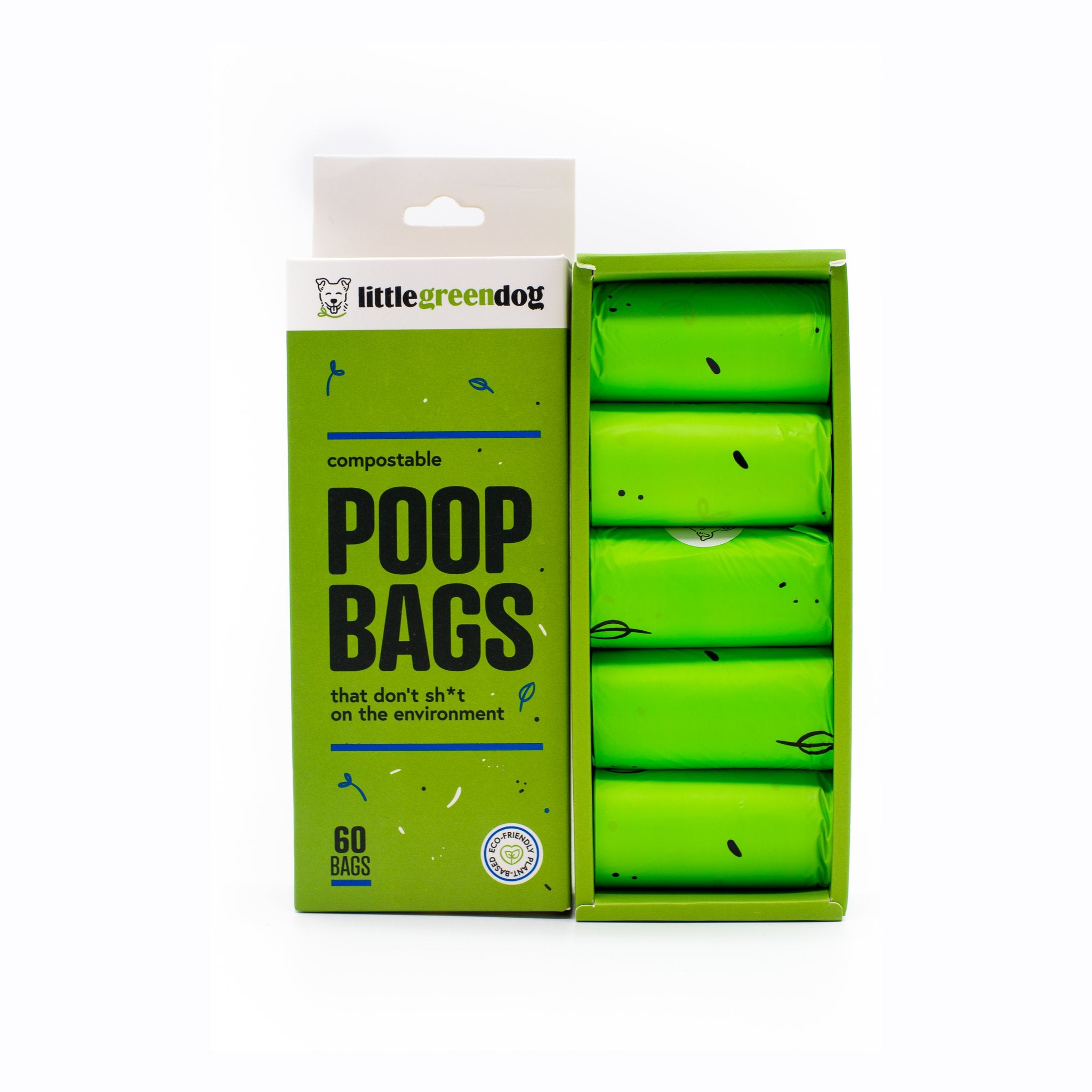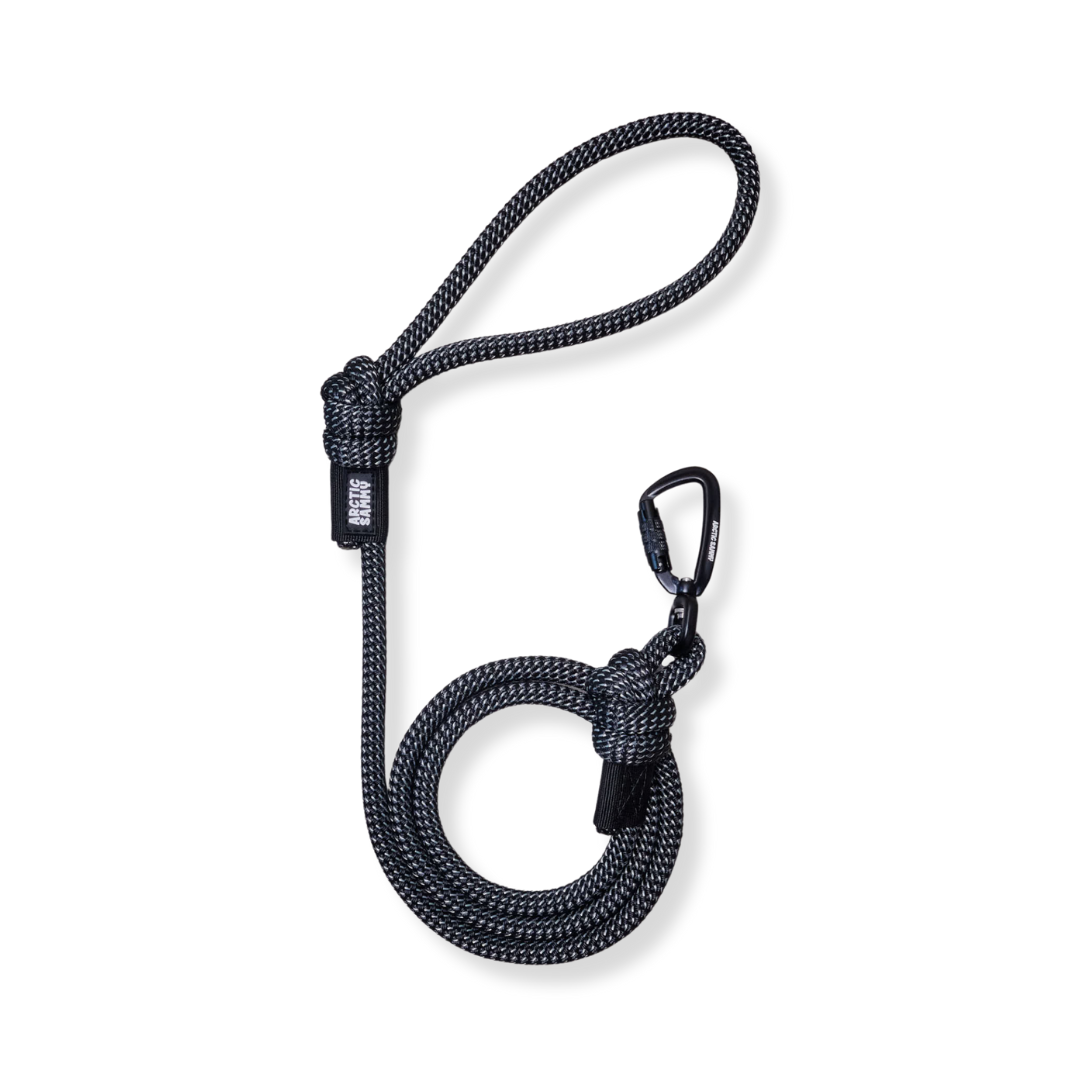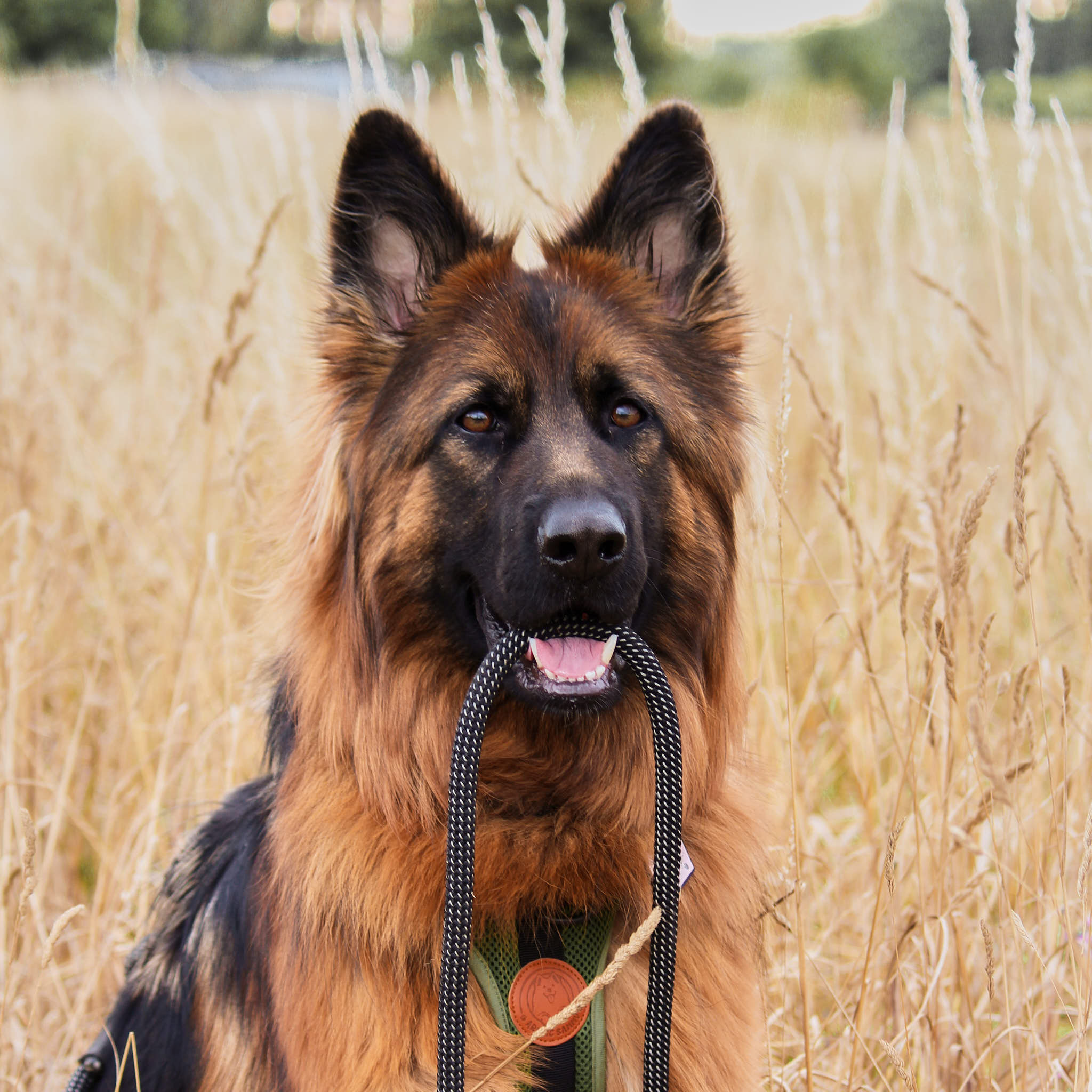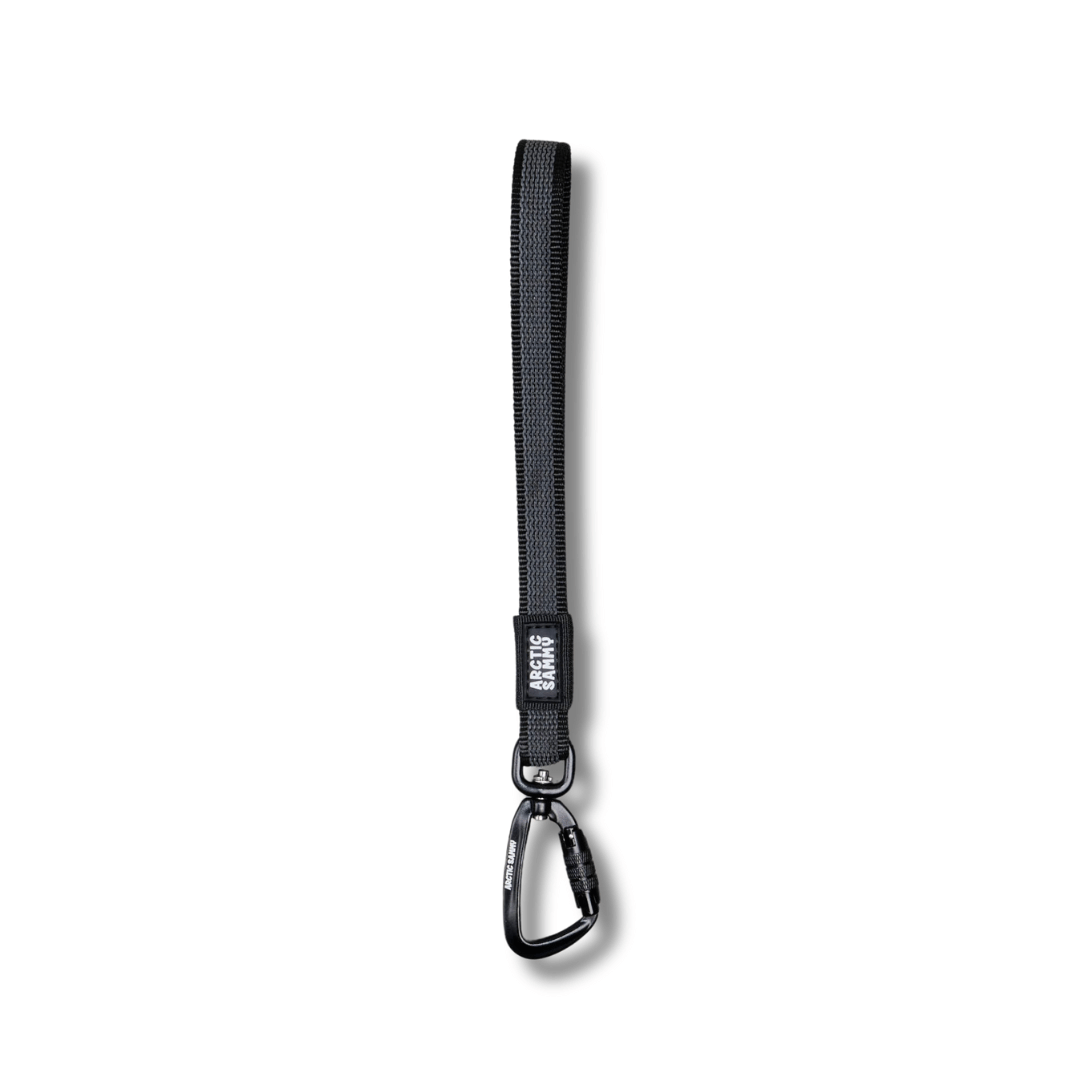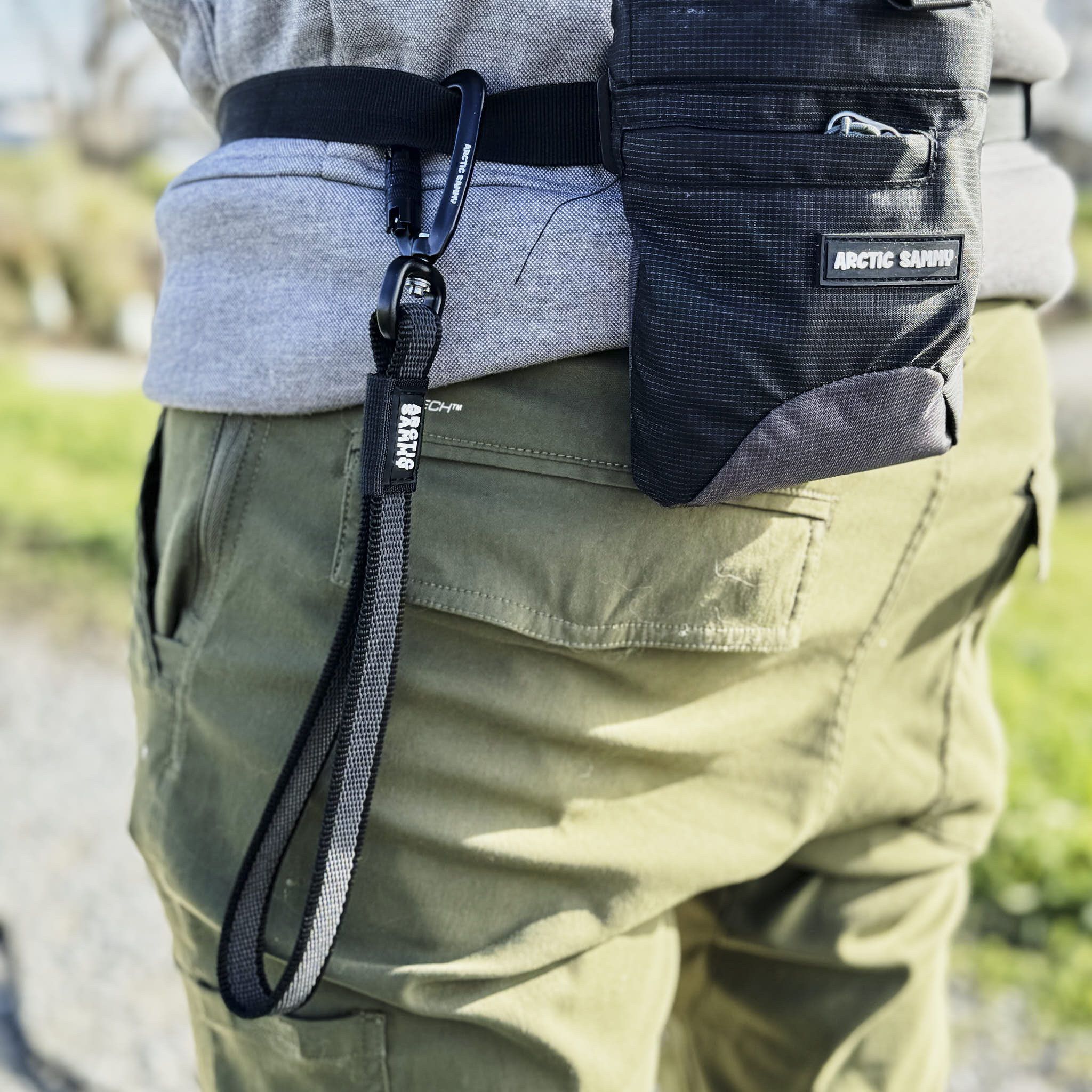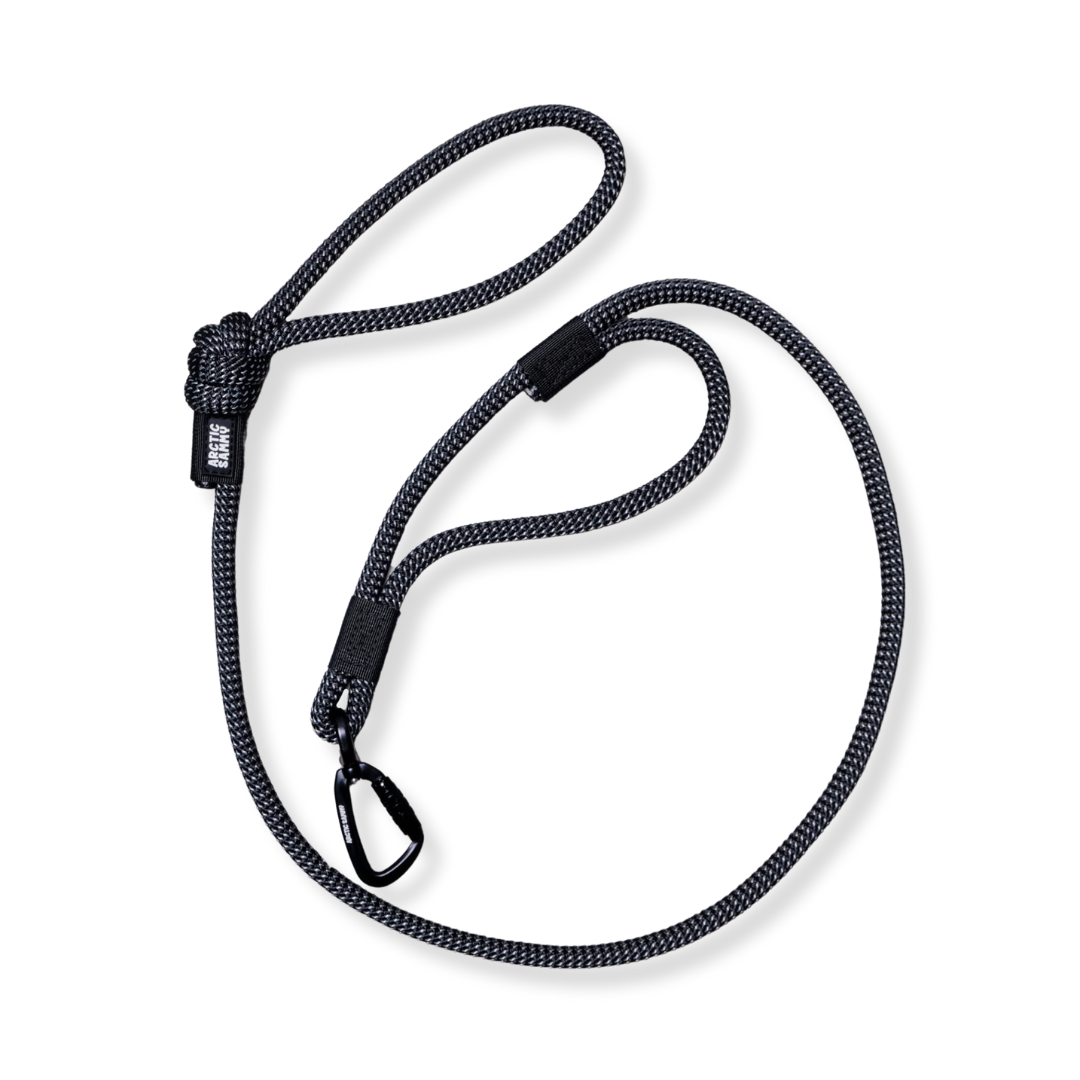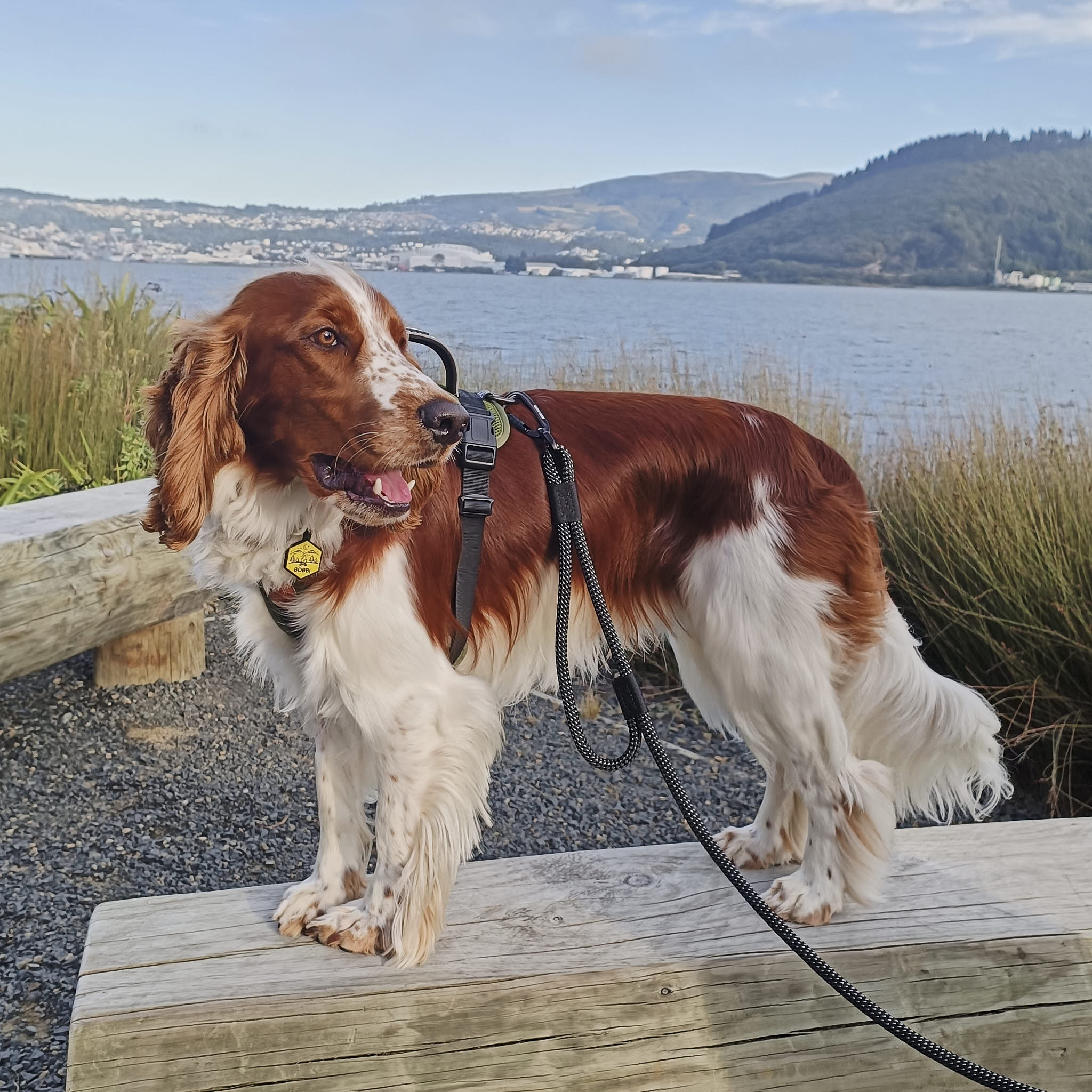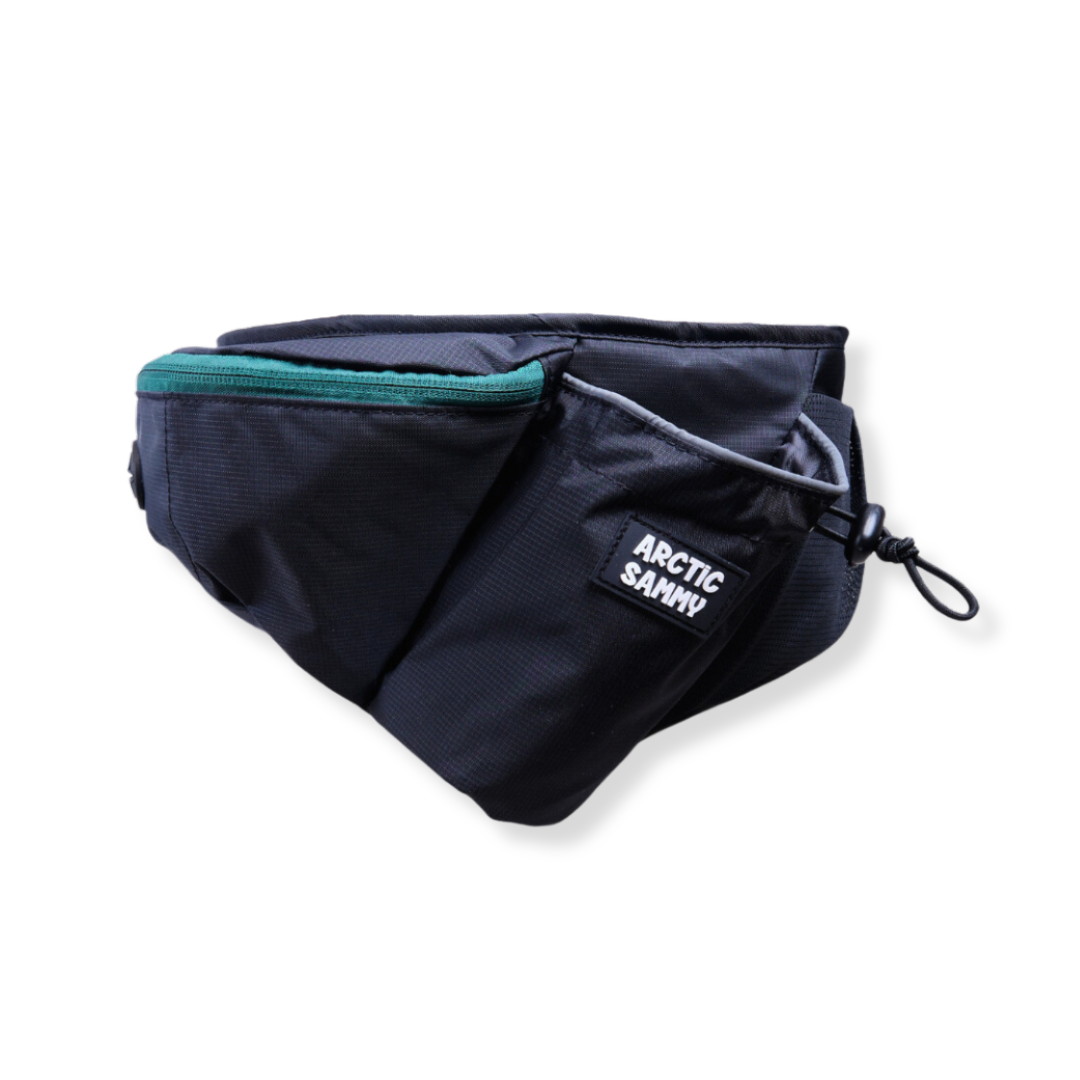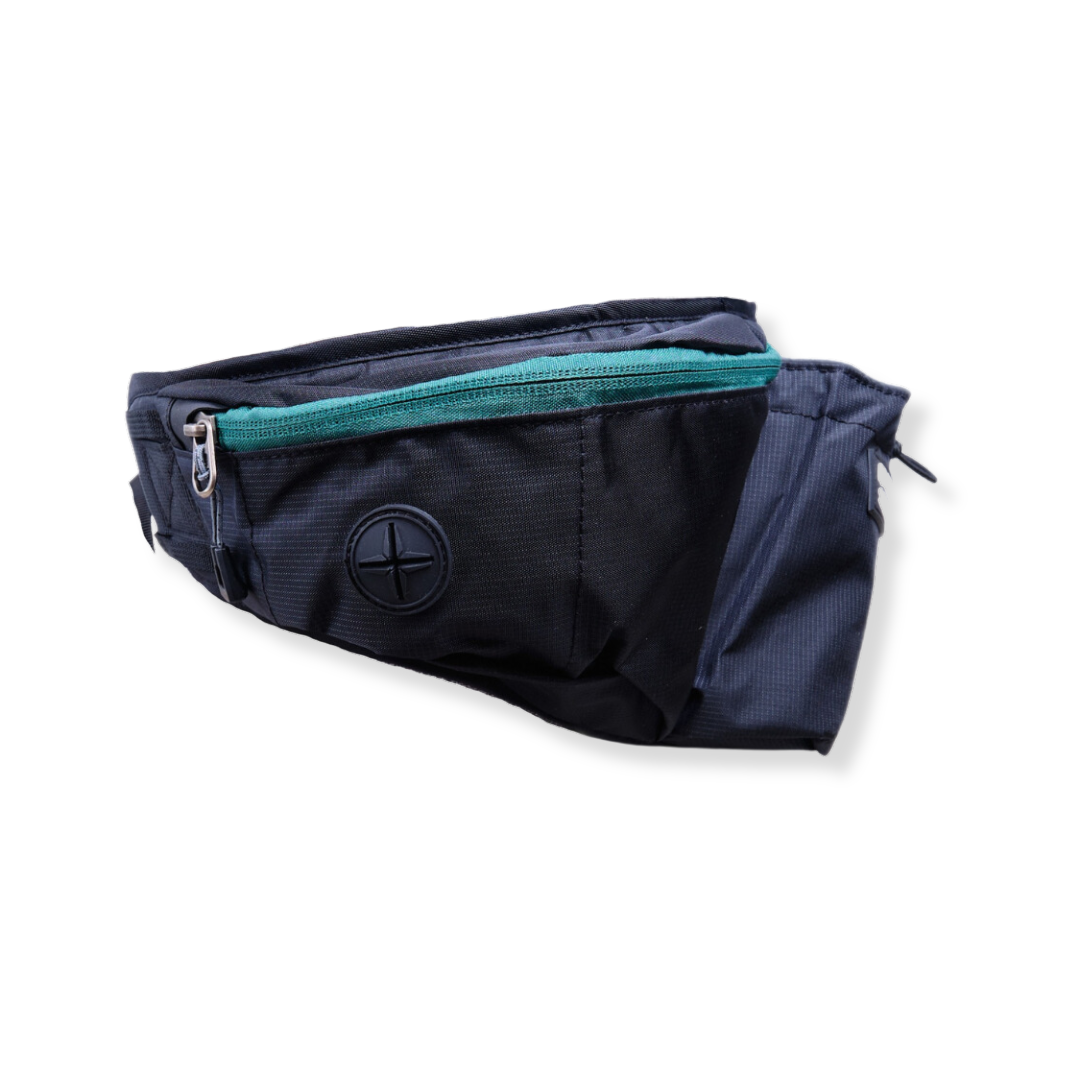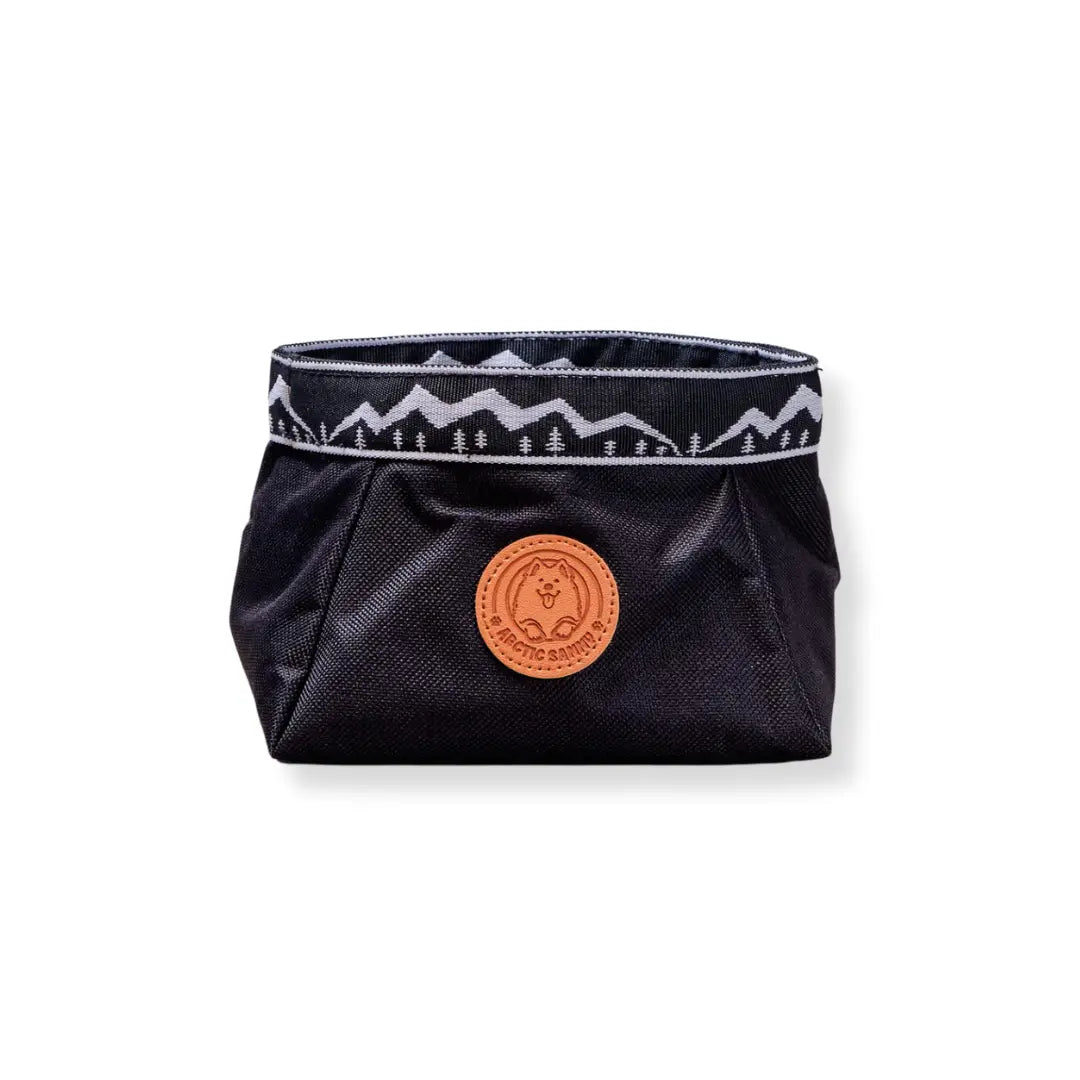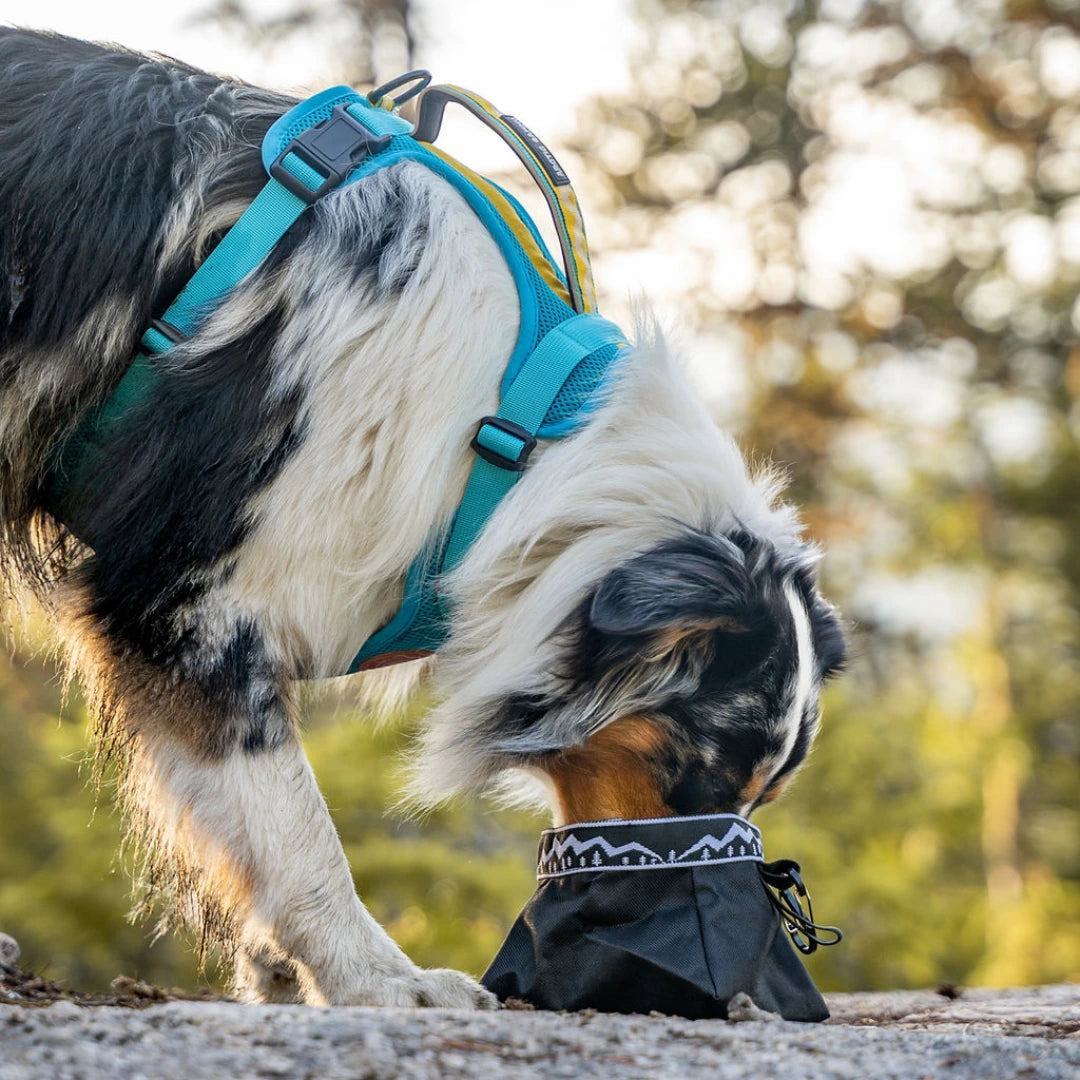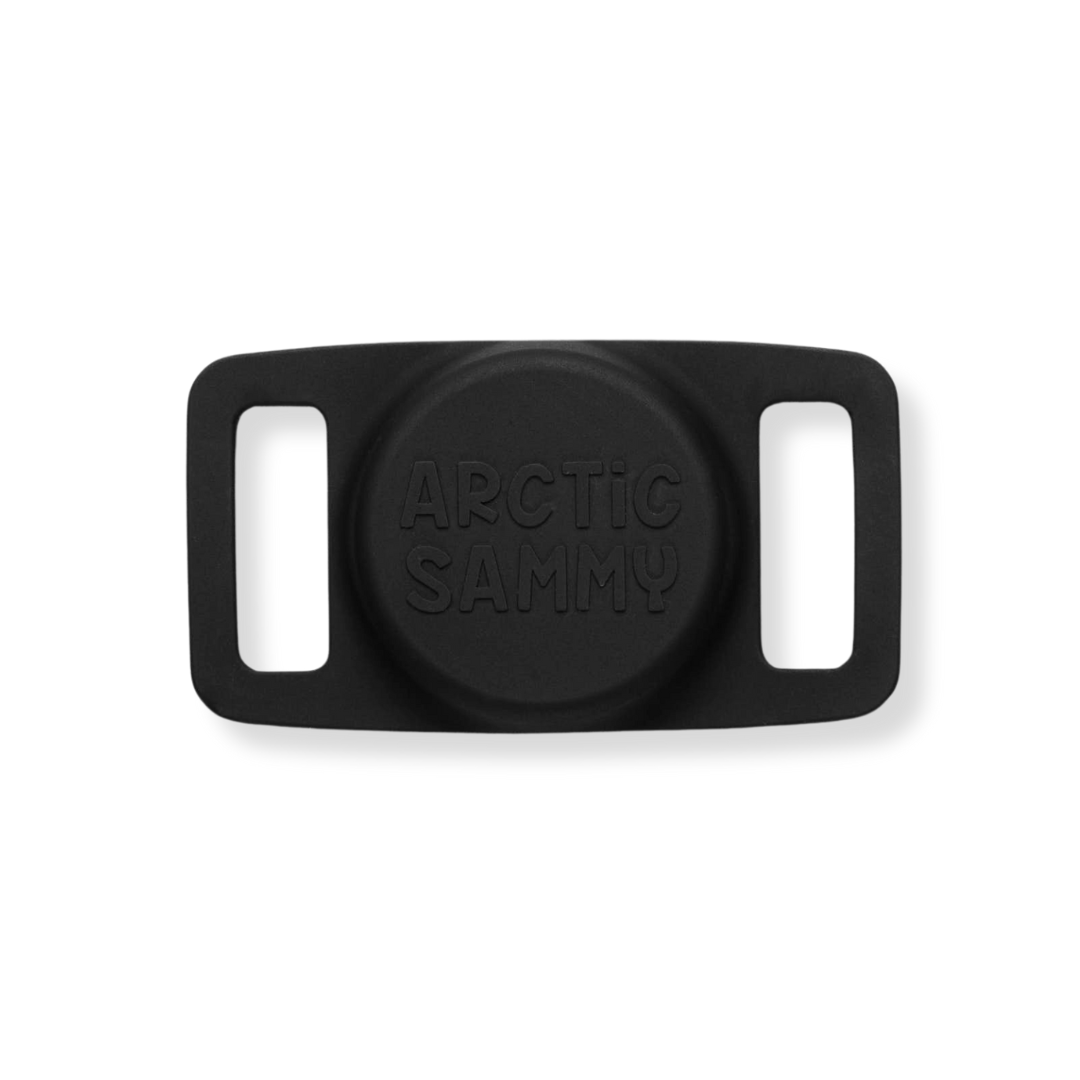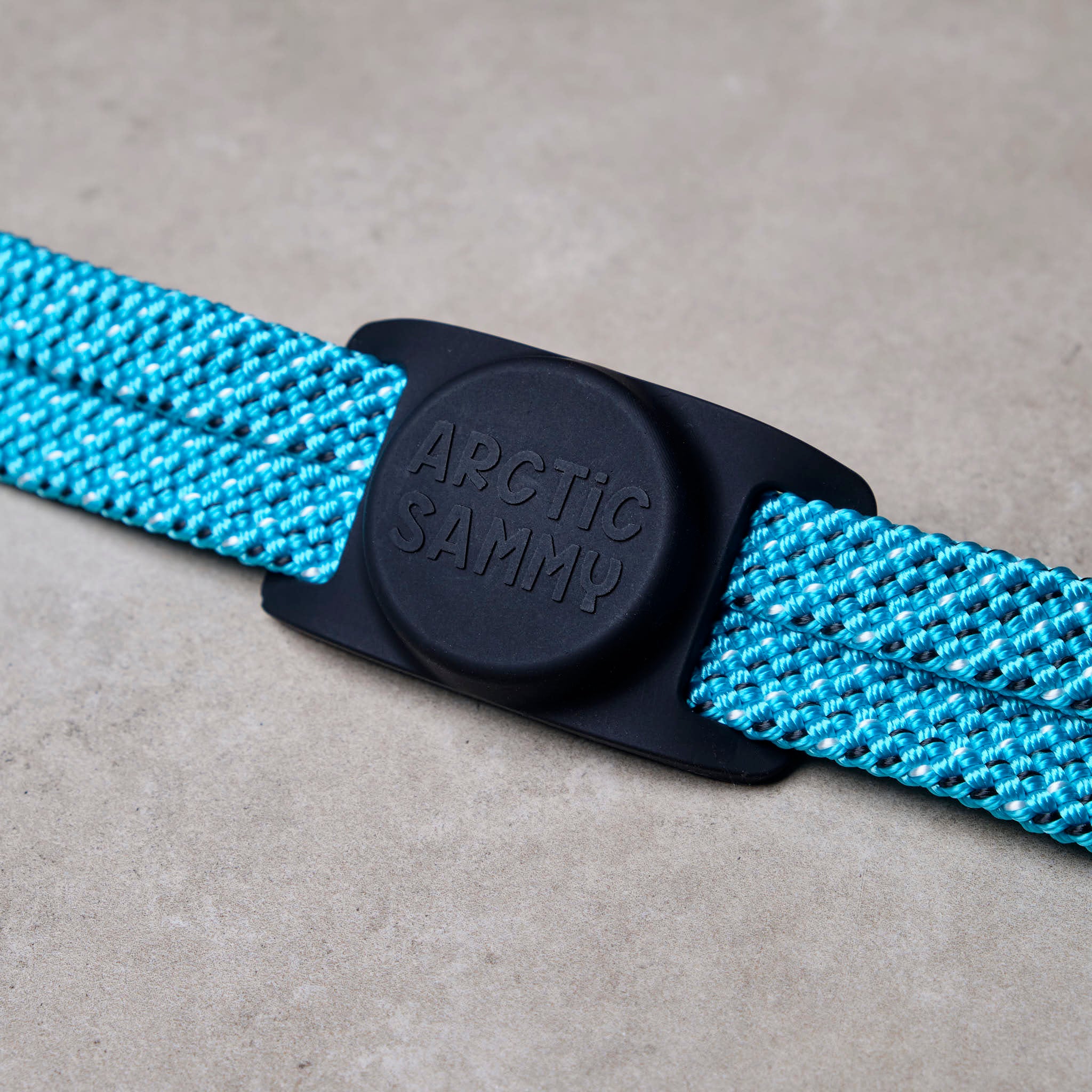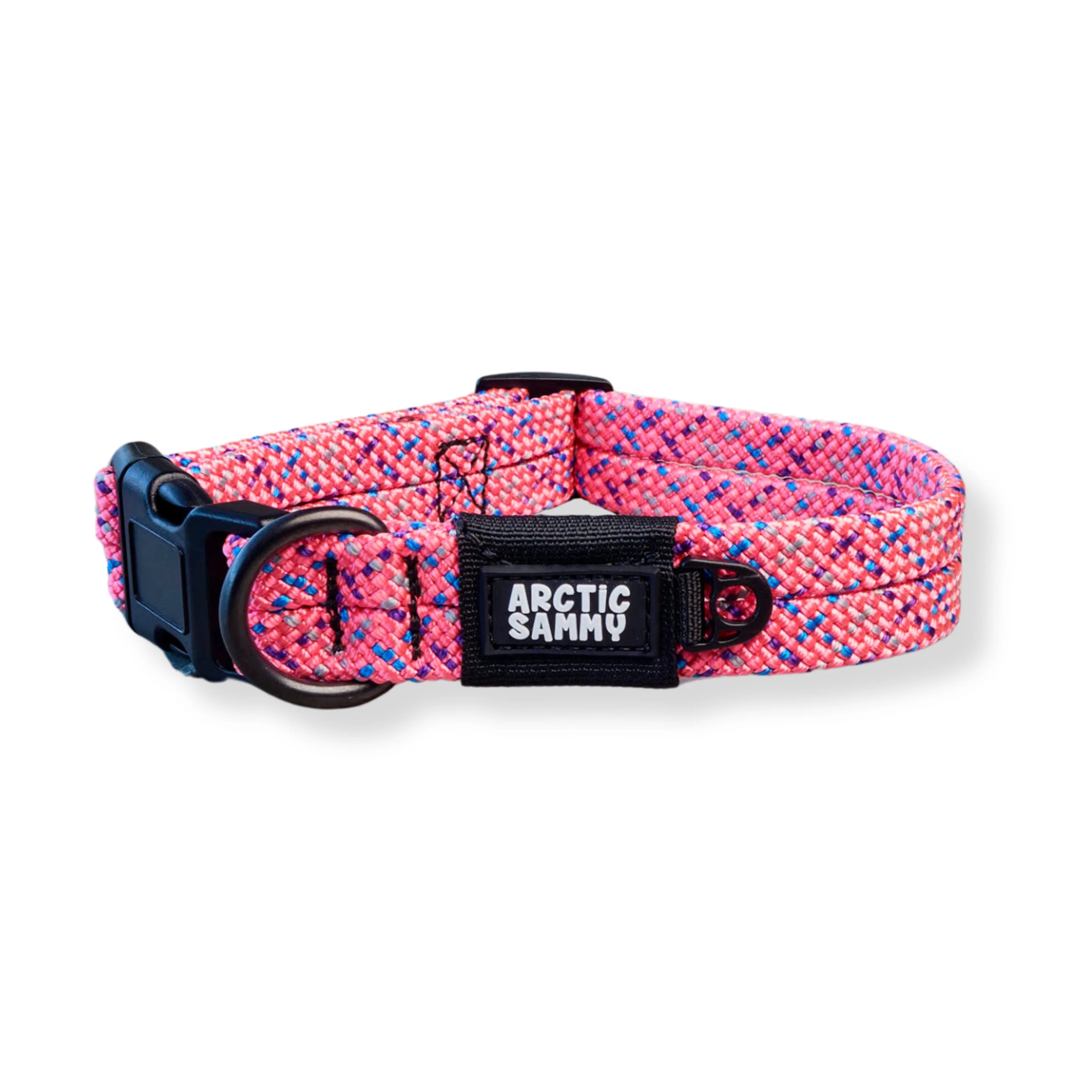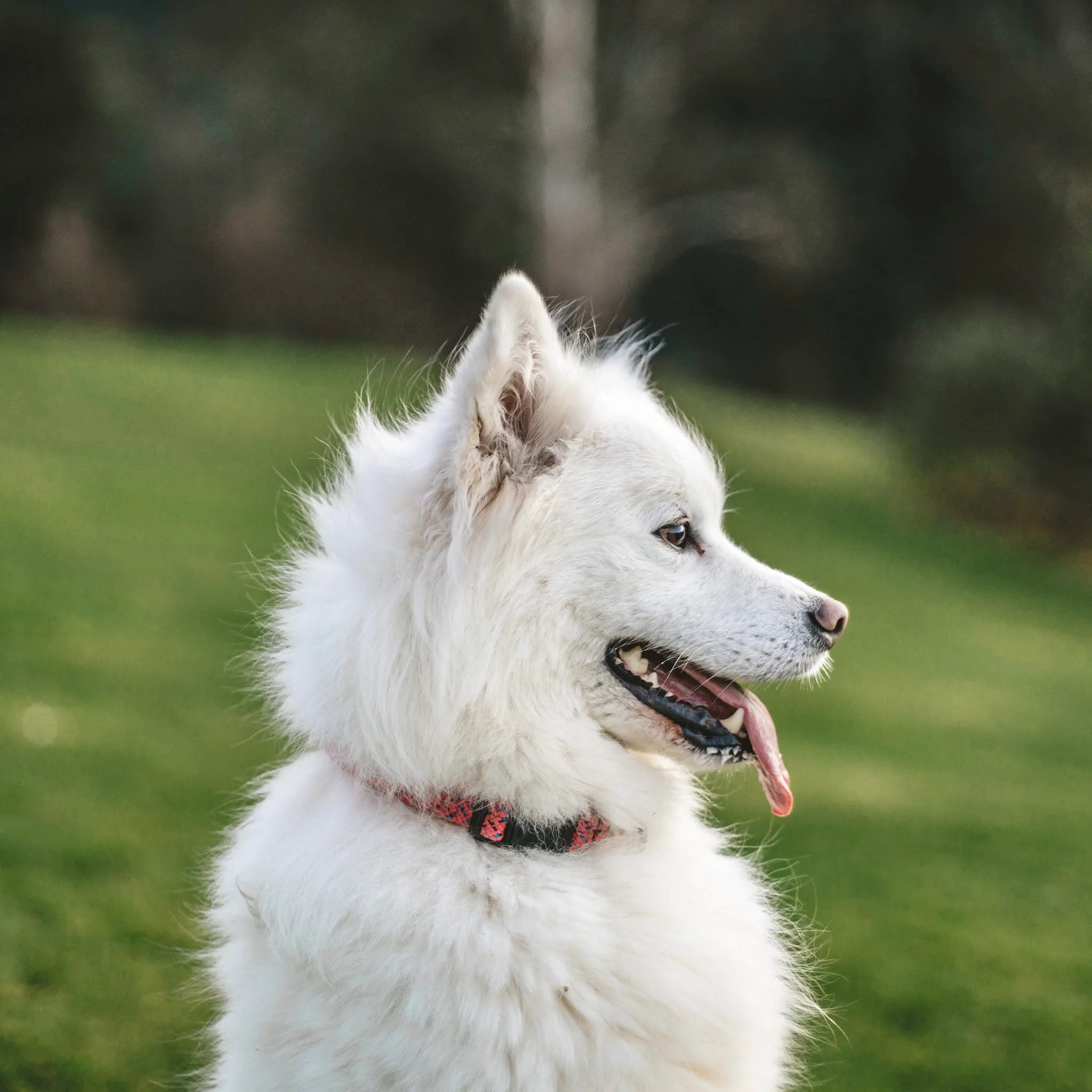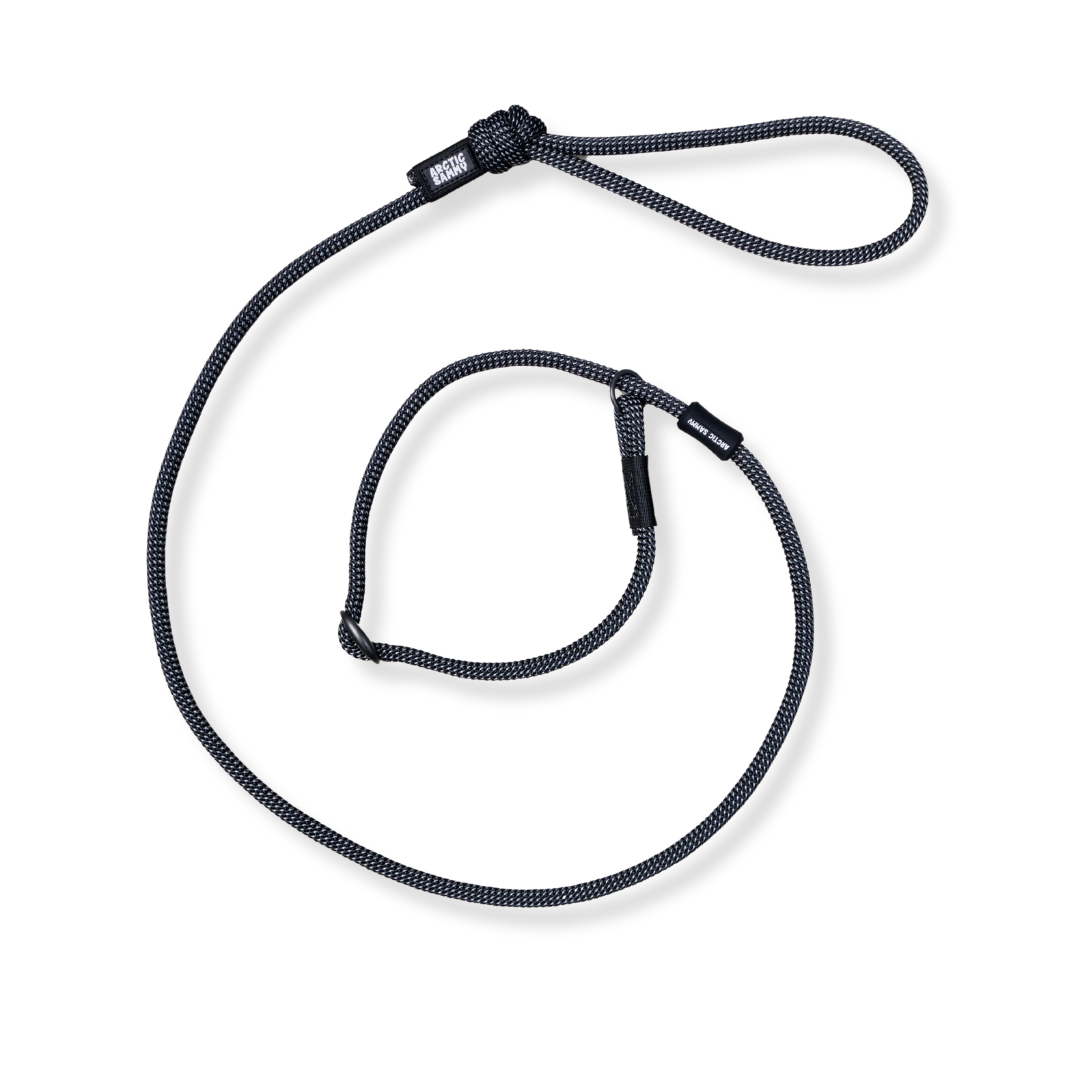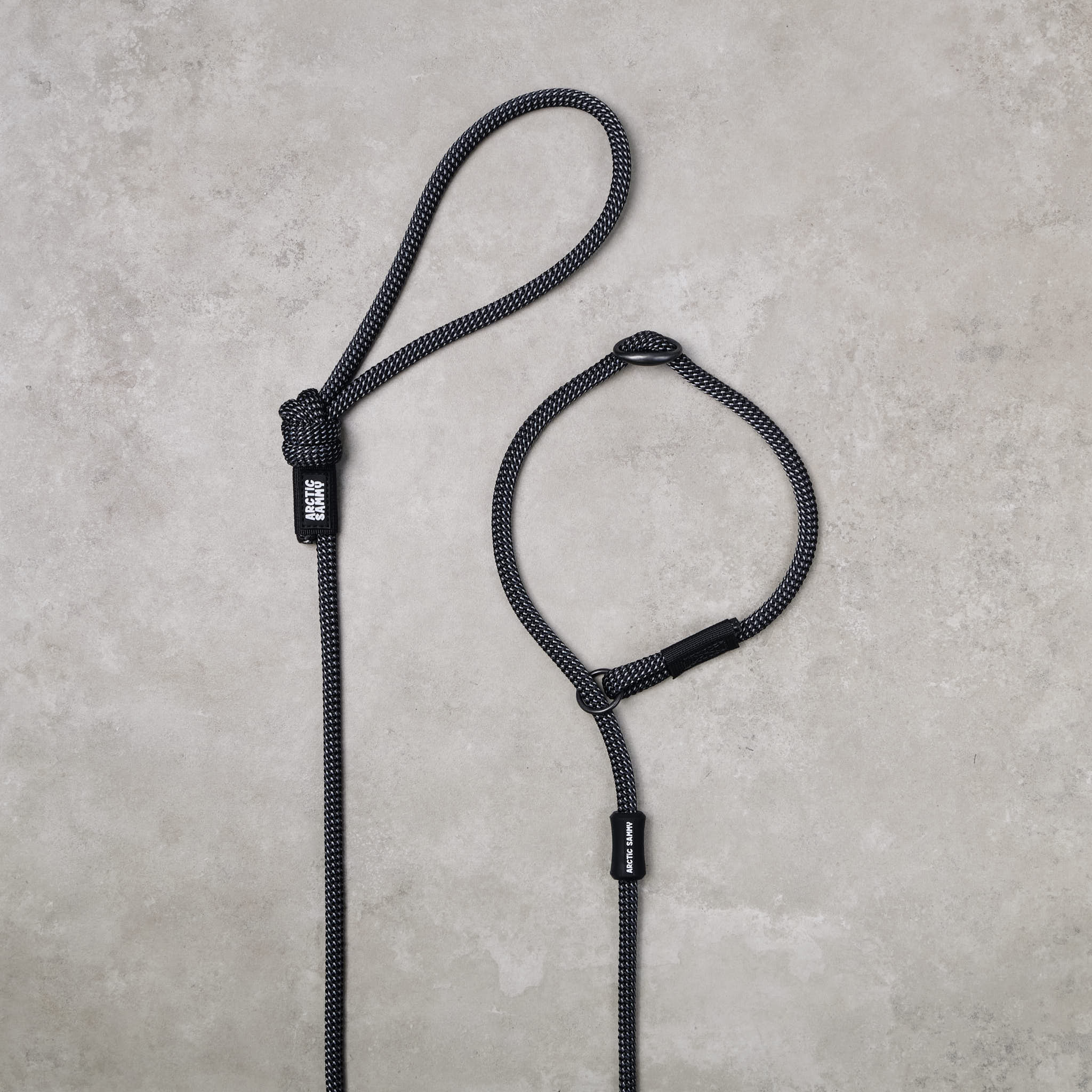Does your dog get anxious when you’re gone? Here’s how to help 💛
This guide was developed in collaboration with a experienced dog trainer to ensure everything is rooted in kind, effective, and proven science-based training methods.
If your dog starts getting anxious the moment you pick up your keys, you’re not alone — and neither is your pup. Separation anxiety is super common, and it can be heartbreaking to watch.
Some dogs bark, whine, scratch at the door, or even have accidents in the house when left alone. And while it’s tough to witness, there are gentle, effective ways to help your dog feel safer and more secure when being left alone. With patience and the right steps, you can absolutely help your dog feel more confident and safe on their own.
Whether you’ve got a puppy just learning the ropes, a rescue dog adjusting to a new life, or an older dog suddenly struggling with solo time, there are gentle, proven ways to help them through reversing this dependency.

What does separation anxiety actually look like?
Dogs with separation anxiety often show signs of stress right before, during or after you leave. Think barking, pacing, chewing, digging, panting, vomiting, self mutilation, destructive chewing or toileting indoors — even if they’re normally housetrained. These aren’t “naughty” behaviors. They’re signals that your dog is feeling scared or overwhelmed and stressed.
Some dogs settle down eventually, others experience mild anxiety and some dogs go into full panic mode. The key is helping your dog learn that being alone isn’t scary — and that they’re safe, even when you’re not there. In all cases, they need to be taught that being comfortable and confident in their own company is healthy and positive.
Every dog is different, and anxiety shows up on a spectrum, so your approach should match your dog’s needs. If you’re simply managing the symptoms — like keeping your home safe while you’re out — that’s a start and is helping you and your house. But if your dog is seriously struggling to cope emotionally, a deeper approach is needed to truly support their wellbeing and prevent health risks.

How to help your dog feel more secure
What you’ll need: crate, treats, enrichment toys, a camera (if possible), and a whole lot of time and patience
✨ Step one: start small and keep it positive
Begin with short, calm sessions. In the early stages, it’s about preventing or minimizing all anxious behaviours that your dog exhibits when being left alone. You’ll likely need to commit a few solid weeks to the process, but it’s worth it.
Allowing your dog to practise continued emotional stress will hinder your goal. This may require committing to a few weeks of solid effort. A crate can be a big help here and is one of the best tools with which to start your separation anxiety training — if your dog is already comfortable in one, great. If not, it’s worth introducing one gently. (Check out our crate training guide [COMING SOON!]).
It's always a good idea to do each separation anxiety training session (SA) directly after your dog has had a decent amount of physical and mental stimulation (walks, sniffing games, play session, food puzzles), so any excess energy has been expended.
Identify your dog's threshold/distance from you when it starts to display symptoms of anxiety. Initially you'll work well inside this threshold to help your dog manage its stress. You will know your dog's threshold is increasing as you gradually work up to very carefully testing its boundary.
With your dog calmly in its crate, you will remain inside the threshold while moving around, chat to yourself, do chores while peripherally checking on your dog (or viewing the camera) — mostly ignore your dog and avoid engaging directly with him. Let background sounds like the TV or radio play softly.
Randomly, calmly and without eye contact return to your crated dog when it is calm and toss your dog a treat towards the rear of the crate. Turn your back and walk away. Be confident in your actions. Repeat and gradually, increase the duration between rewards, but not lineally. Over time (this could be days/ weeks) move further away, but as you add distance, decrease duration between returning and vice versa. What you are teaching your dog is that your movement and distance are not triggers to become anxious. Slowly build their confidence: your movements (and absence!) are no big deal.

You are also teaching your dog that you will return, but your dog doesn't know when and that's ok. Think of it as helping your dog to increase its threshold, rather than you pushing the threshold.
🧠 Pro tip: If you increase difficulty in one area (like distance), lower it in another (like time). This keeps progress steady without overwhelming your pup.
Once this step is going well, you can add more distance, which may include leaving the room. Too much too soon will result in failure. An ideal way for you to think about this is that you won't necessarily see the fruits of your labour yet; but there is a monumental shift occurring in your dog's emotional state and tolerance. The exciting thing about dedicating yourself to taking plenty of time to slowly build up your dog's trust and confidence is that once you reach the step of leaving the house and your dog remains calm, adding duration may come organically.
Trust in the process. If you've come this far, you are doing amazing and so is your dog! And believe it or not, you are likely passed the biggest challenge. But please don't think you can jump ahead now as this will ruin all your team work. If you make an error, try not to become discouraged and don't be hard on yourself. It's ok. We all make mistakes. Just take it back one step and keep going. You've got this.
This part takes time. You might not leave the house for real until weeks into training. But that emotional shift in your dog? It’s huge. And once it clicks, longer departures get much easier.
When your dog is doing well you can also gradually alter other things such as session times, lighting, ambient sounds, furniture positions including crate, even moving the crate to other rooms.
Once your dog is coping well with you moving around the house, you can start doing short fake “exits” where you are doing everything other than leaving: — grab your keys, get your coat and bag, then sit down again or continue with your chores.
🧠 Pro tip: Strict regiment and routine with dogs is one of the common causes of them having stress. Yes, they need structure, but routine limits their ability to be adaptable and cope with change and everyday life. This desensitization process takes time, but it’s a powerful way to gently shift your dog’s emotional response to your absence.
Once your dog has progressed to the point where you can turn the handle on the front door or even move freely around the house, you are ready for the next step.
📷 From this point onwards, a camera can be super helpful for checking how your dog is doing while you’re out of sight
The first few times you leave, open the door, and then… come right back. Eventually you will stay out, but leave the front door open. Then you might close the door for a few seconds. This is your second big step in this progress, do not rush this one. It might take weeks before you actually drive away and stay away for more than 10mins.

🦴 Keep hellos and goodbyes totally low-key
We know it’s tempting to give a big, teary farewell or an excited “I’m home!!” when you see your pup — but this actually makes their anxiety worse. For dogs, our emotional highs and lows can add stress, especially if they’re already sensitive to our departures. This “human” behaviour reinforces the idea that departures and reunions are major events — and that builds tension.
"Goodbyes" are a human construct. "Goodbyes" have no benefit to dogs and we can really improve our dog's confidence and coping skills by eliminating goodbyes as well as “"I'm home" altogether.
Instead, keep things neutral. Heading out? Just go. Coming back? Act like you never left. We promise, this helps your dog feel less like your absence is a big, scary event — and more like just another part of their day.
🐶 Fun mindset trick: Pretend you’re just ducking off to the loo. No drama needed.
We know — it might feel strange (or even wrong!) to not say a heartfelt goodbye or celebrate your return. But here’s the thing: the goal is for your dog to not care when you leave or come home. That doesn’t mean they don’t love you. It means their emotional state stays balanced — not stressed, not aroused, not overly excited. That kind of steady calm is what helps them feel safest.
A strong, loving, fun, trusting, relationship between dog and owner is absolutely possible and even more fulfilling when the dog exhibits independence.

🎶 Offer comfort — safely
A bit of background noise (music, white noise, a fan) or a cozy blanket or T-Shirt that smells like you can help your dog feel more at ease and can help reduce environmental stress. These little things add familiarity when you’re not there.
Just be cautious with chew toys or food puzzles if you’re not home — only leave them if you’re 100% sure they’re safe. Some dogs go extra hard on toys when they’re stressed, so always err on the safe side.

🐾 Patience and kindness — always
Separation anxiety isn’t your dog giving you a hard time. It’s them having a hard time. It isn’t a behavior issue to punish; it’s an emotional state that needs support. Reacting with frustration (totally understandable as it may be!) can actually make the anxiety worse.
Helping a dog with separation anxiety can feel overwhelming. And you’re not alone — loads of dog owners go through this. It takes time and consistency, but most dogs can improve, especially with the right support.
Unfortunately there are no short cuts to fixing severe separation anxiety, but the good news is that it is often reversible and not always severe.
A few routine tweaks, mindset shifts and understanding of dog behavior might do the trick. For more intense anxiety, it’s worth chatting with a certified trainer or vet — having a pro in your corner can make a big difference. And don’t forget: trust the process! Even when it sometimes feels like you are not getting anywhere.
Because every dog deserves to feel secure — and every pet parent deserves peace of mind 💛


